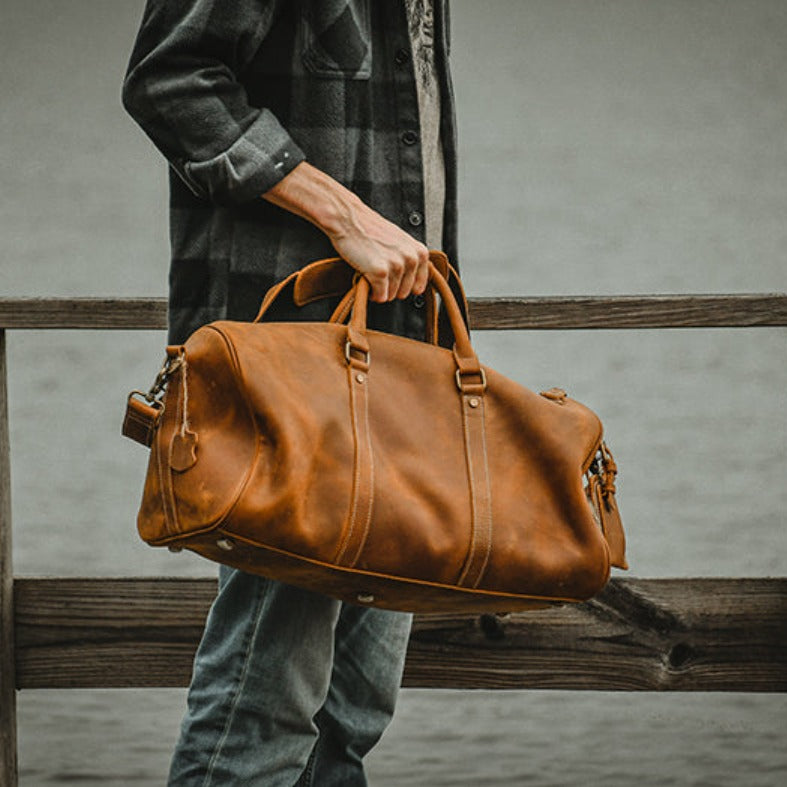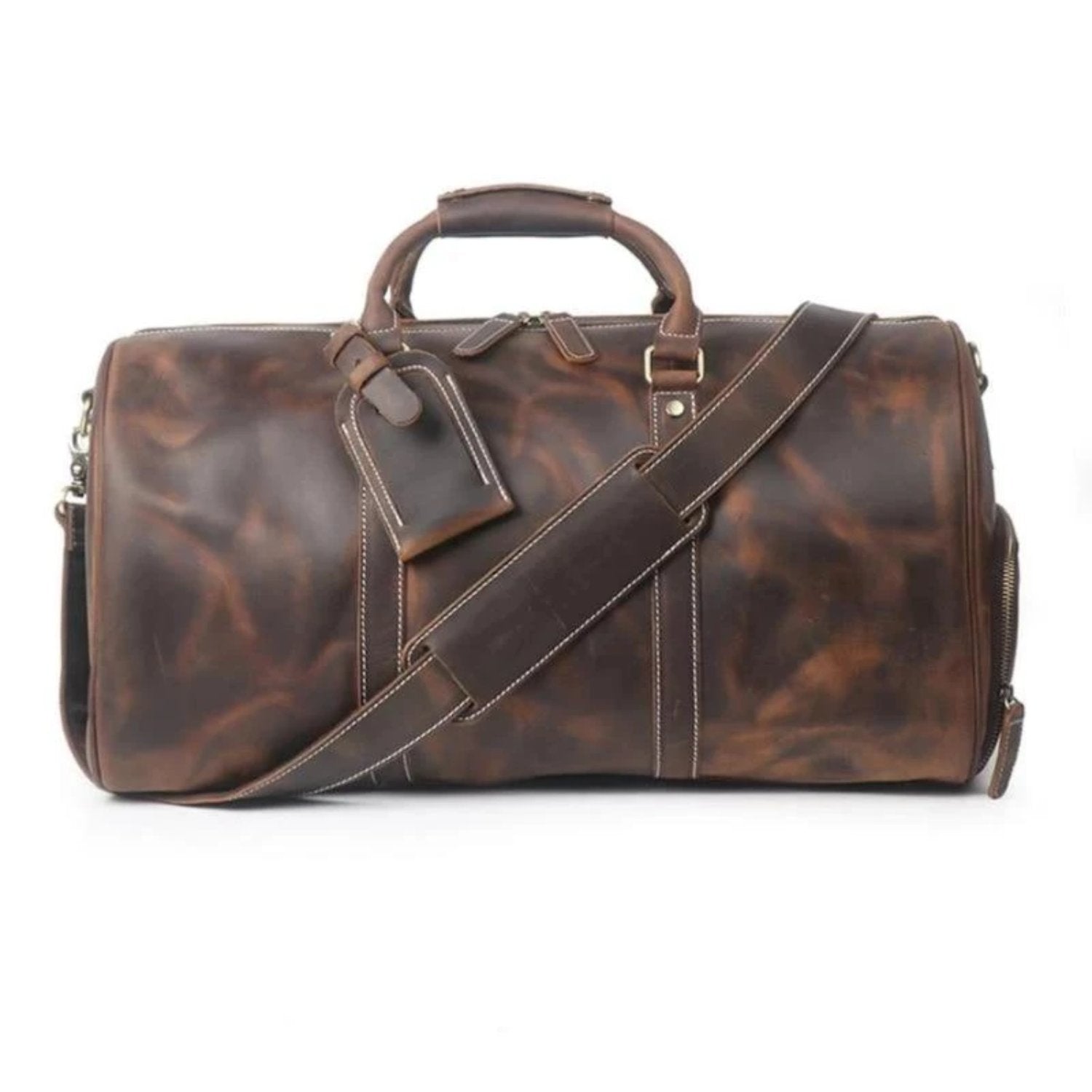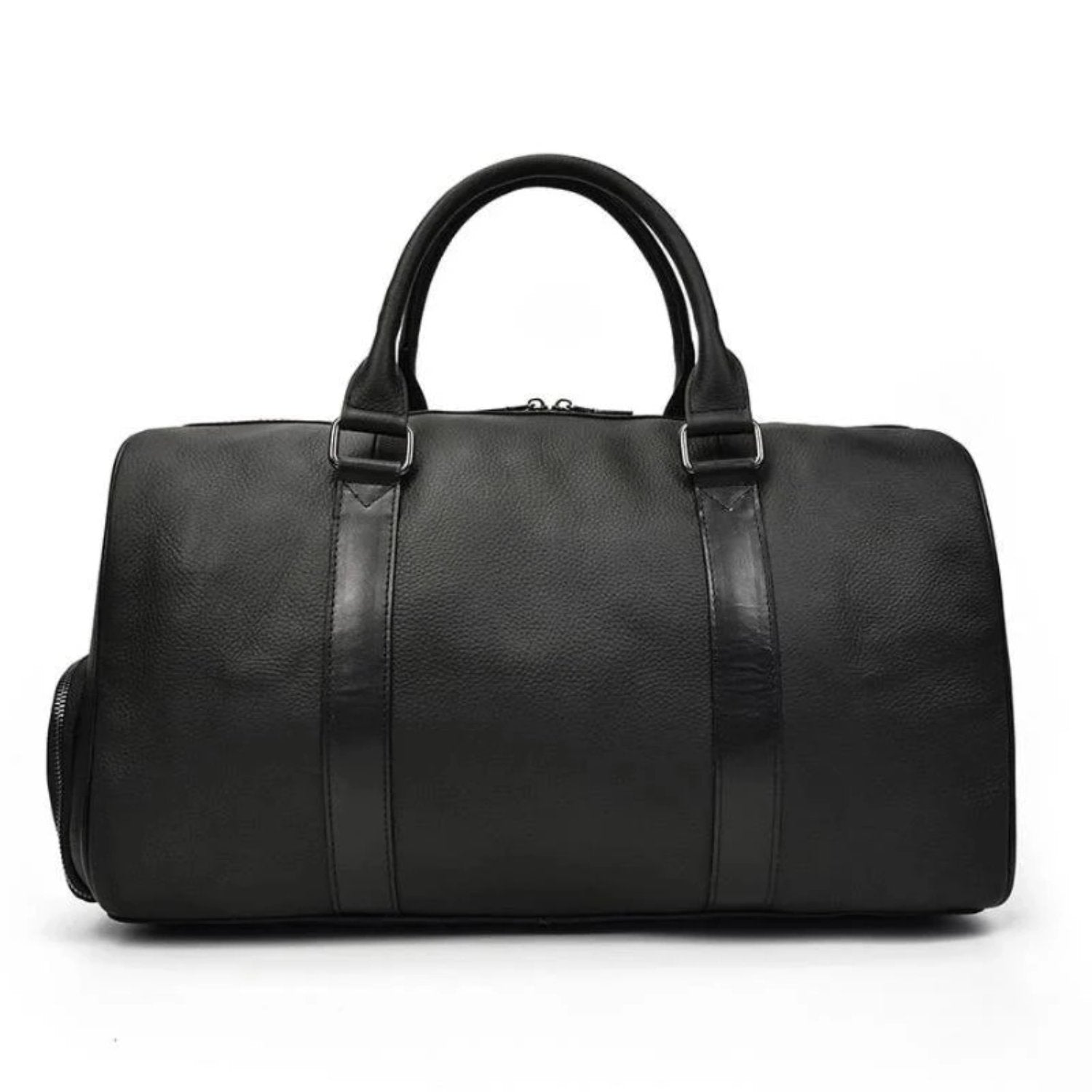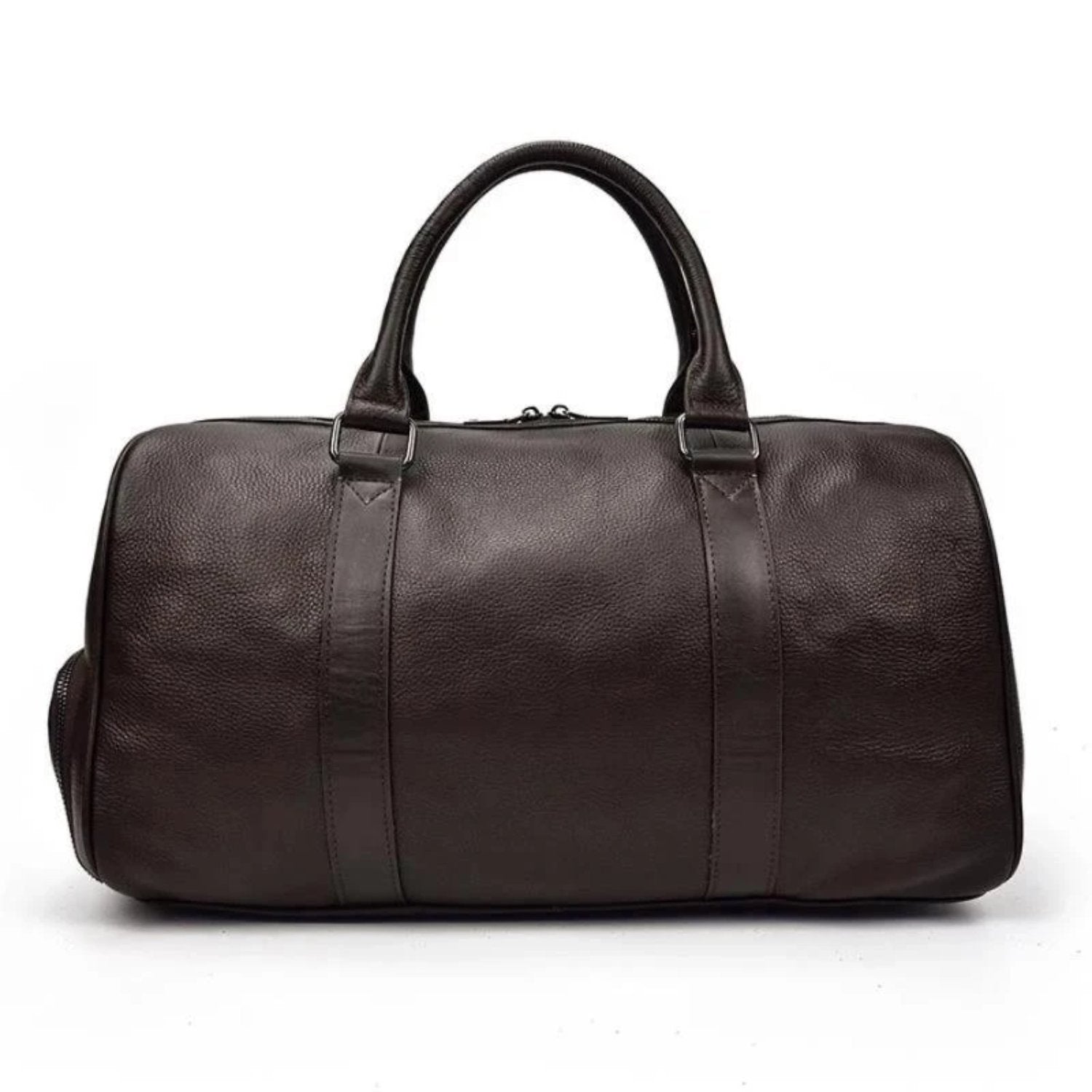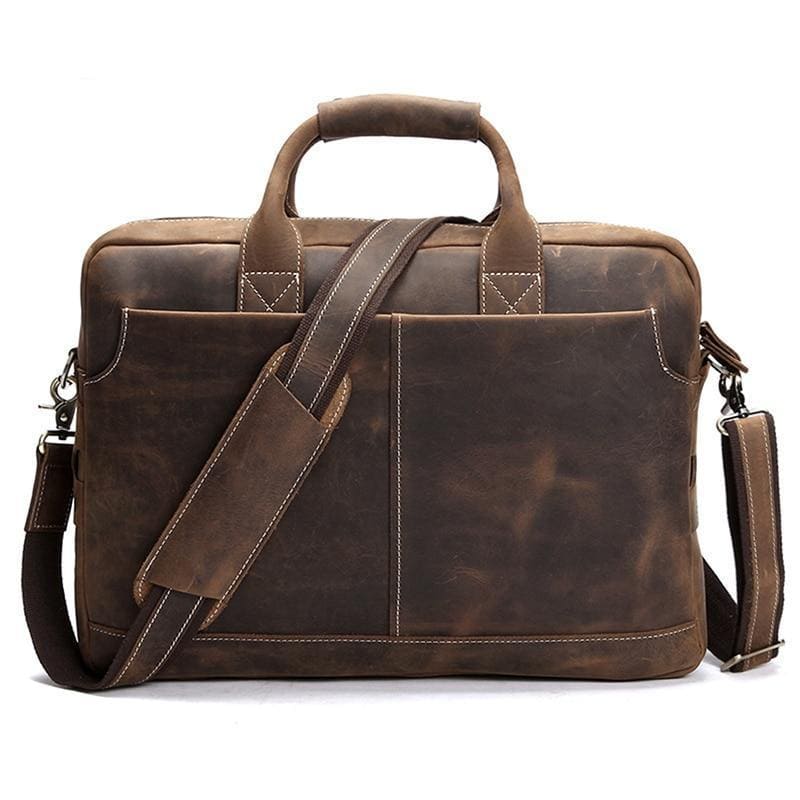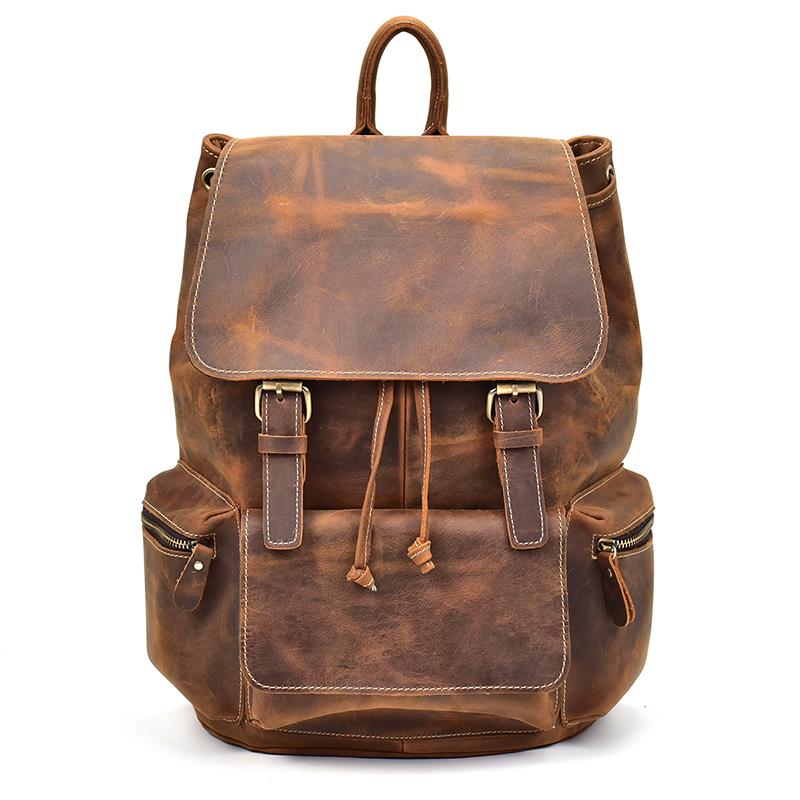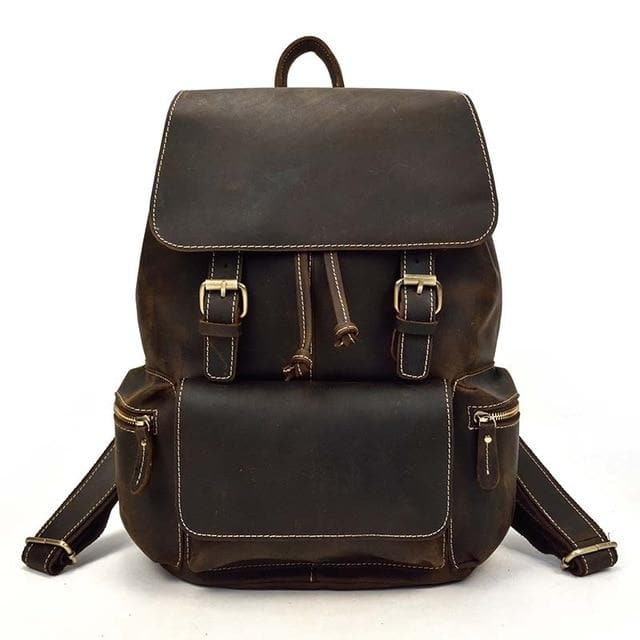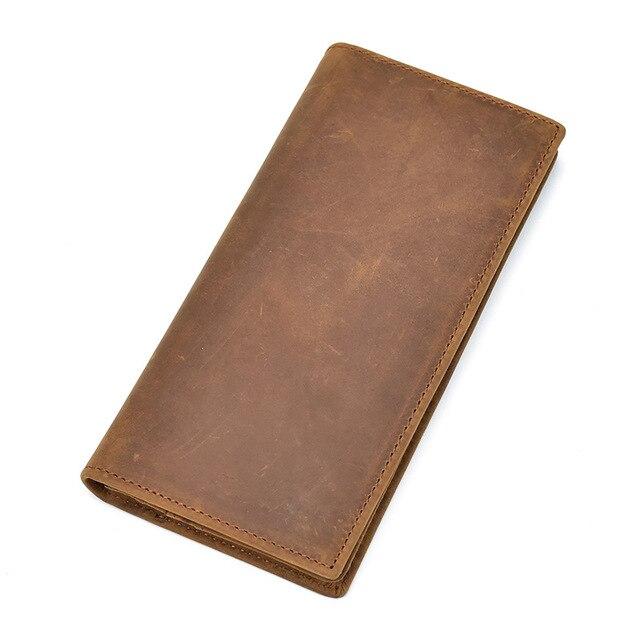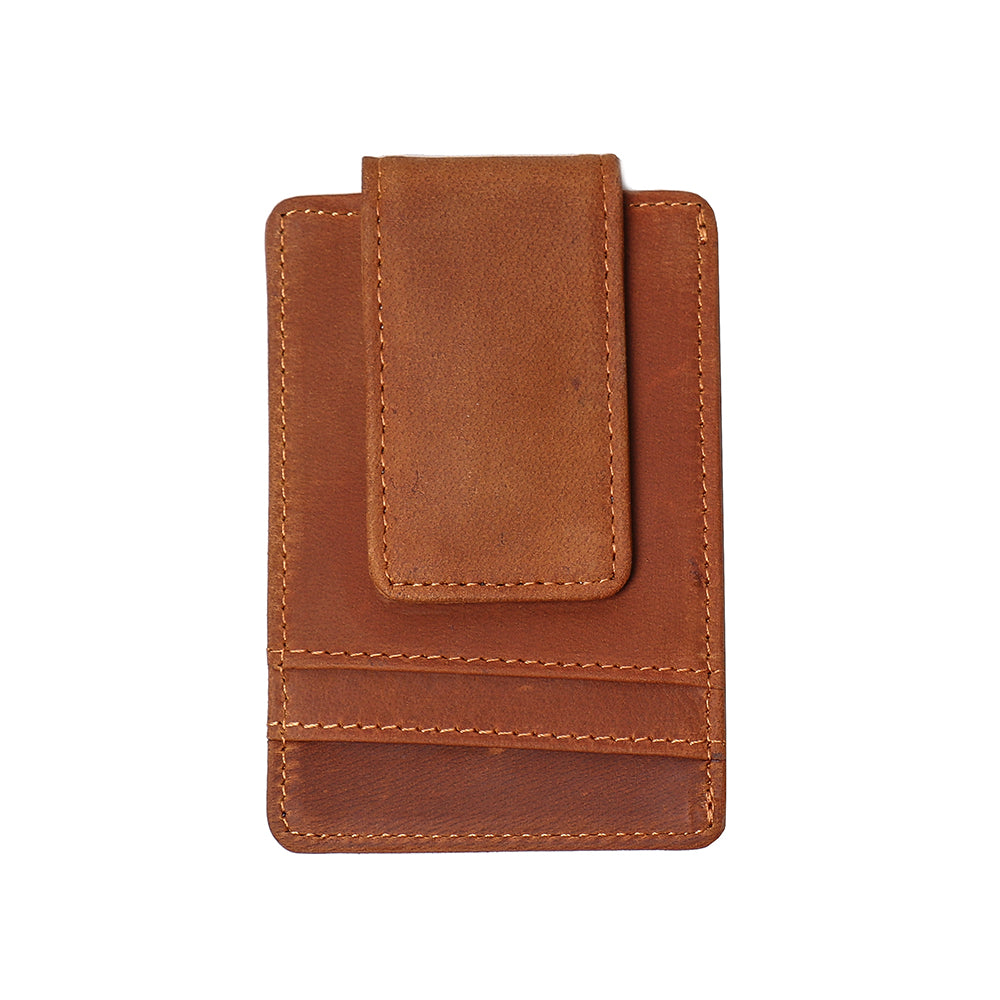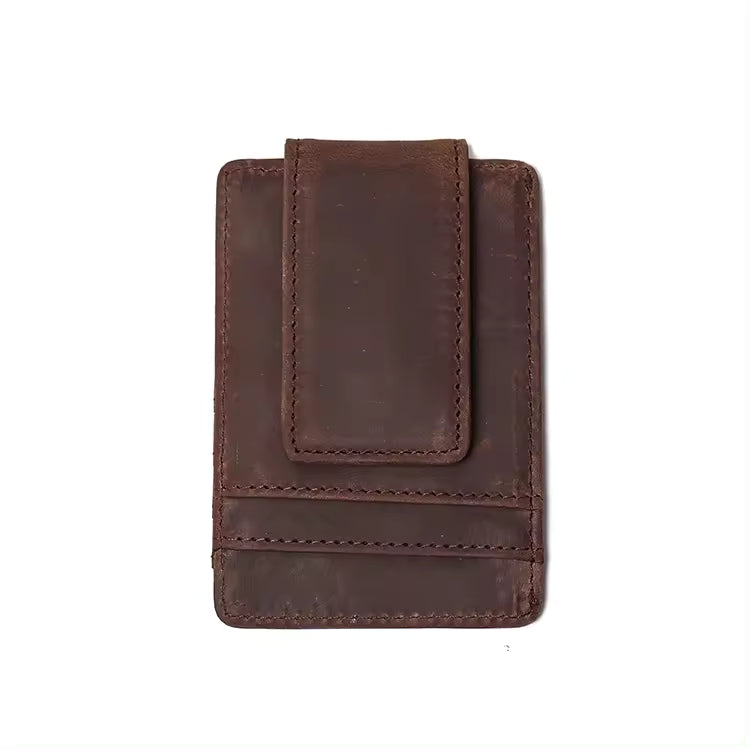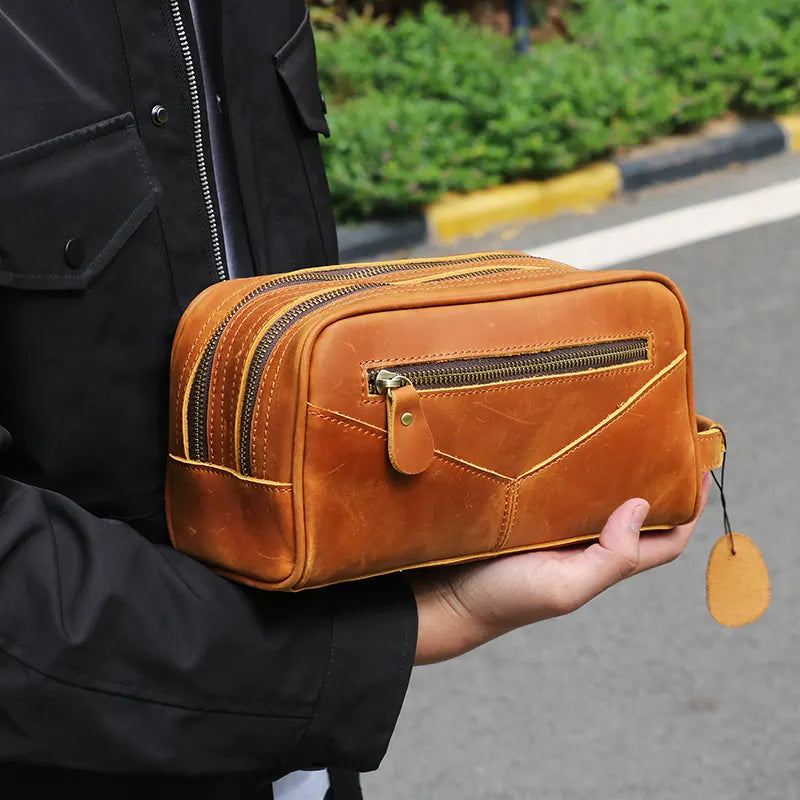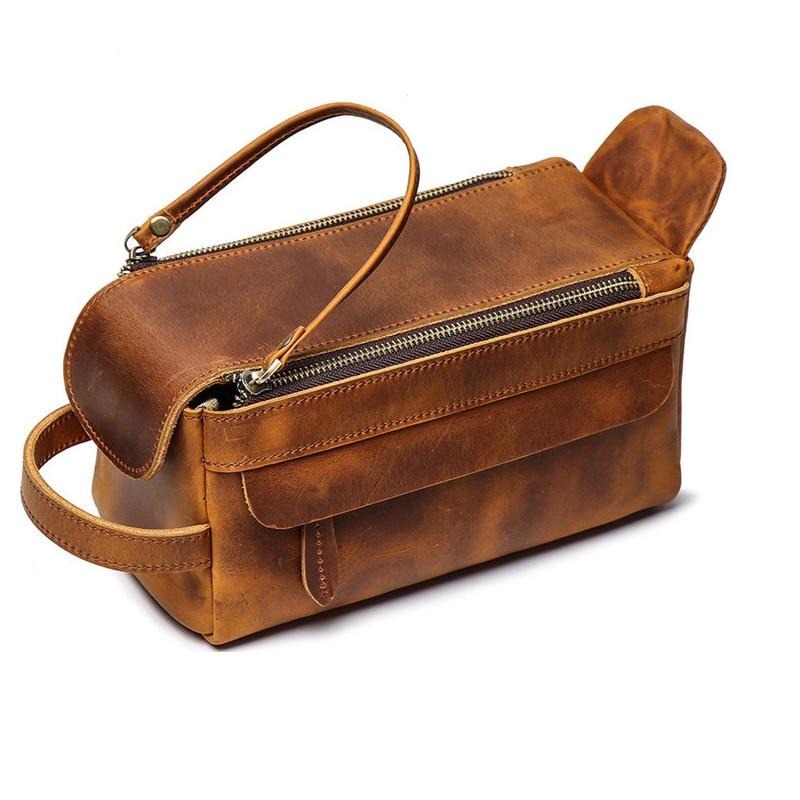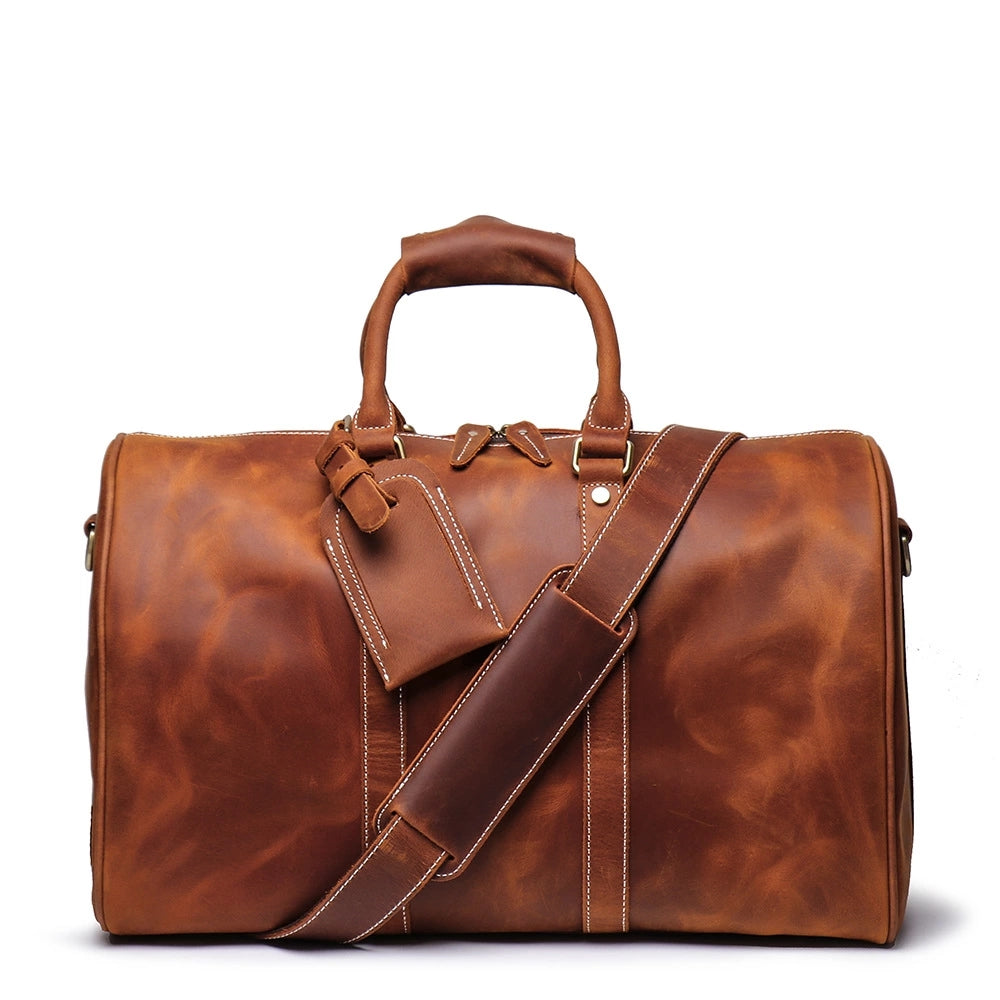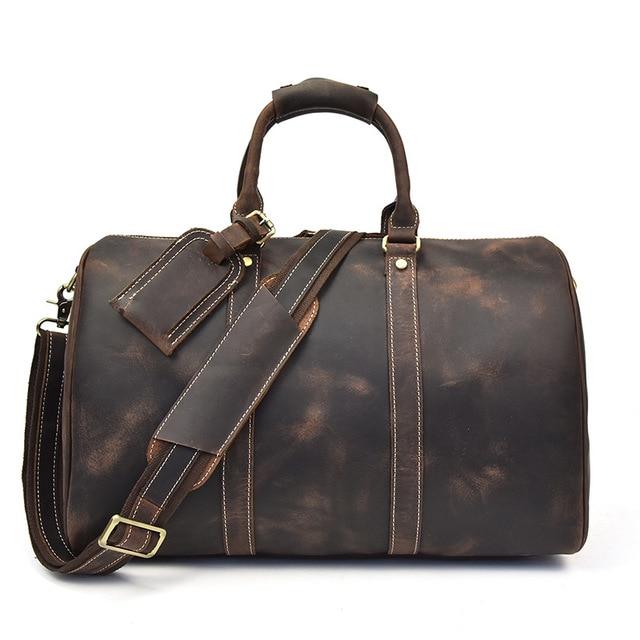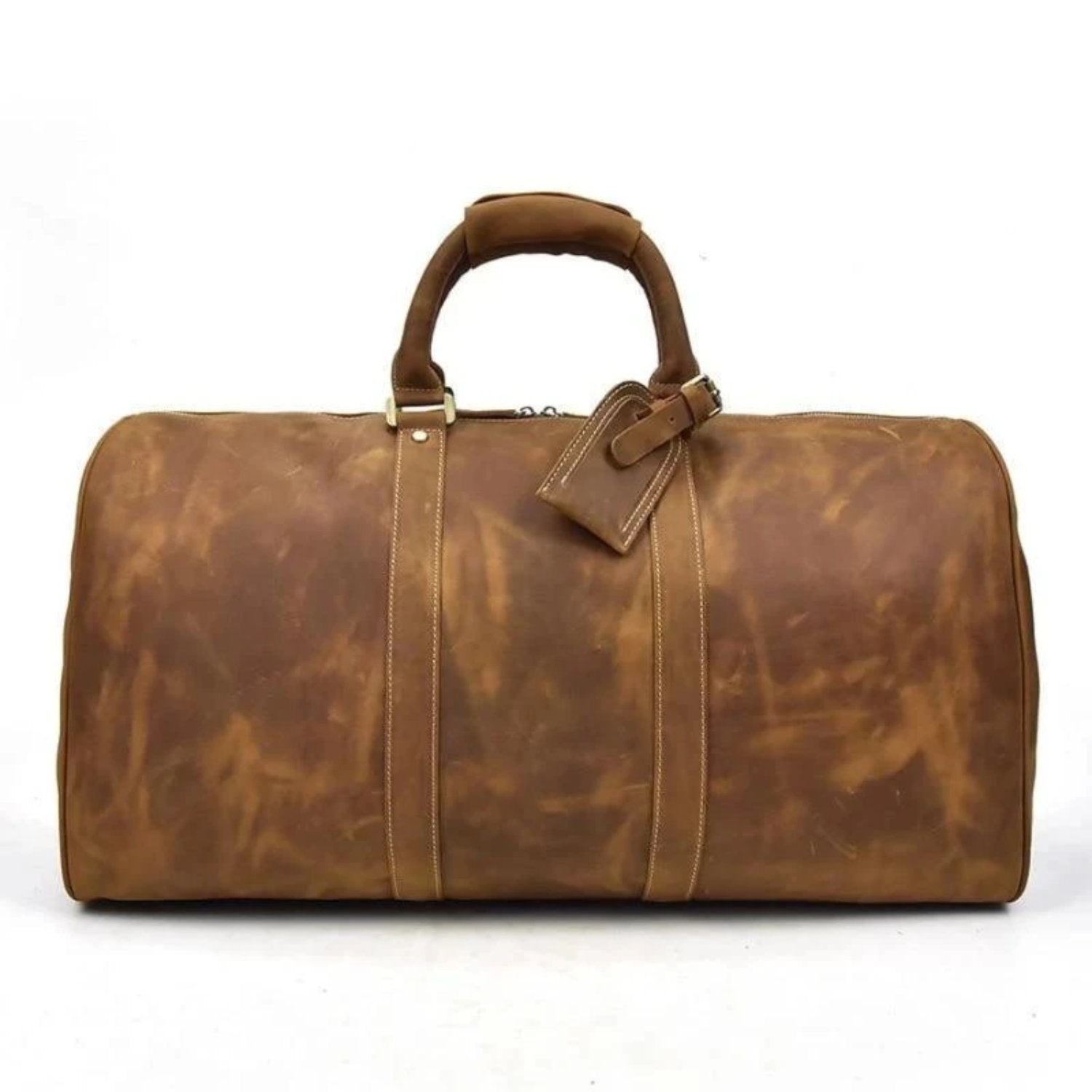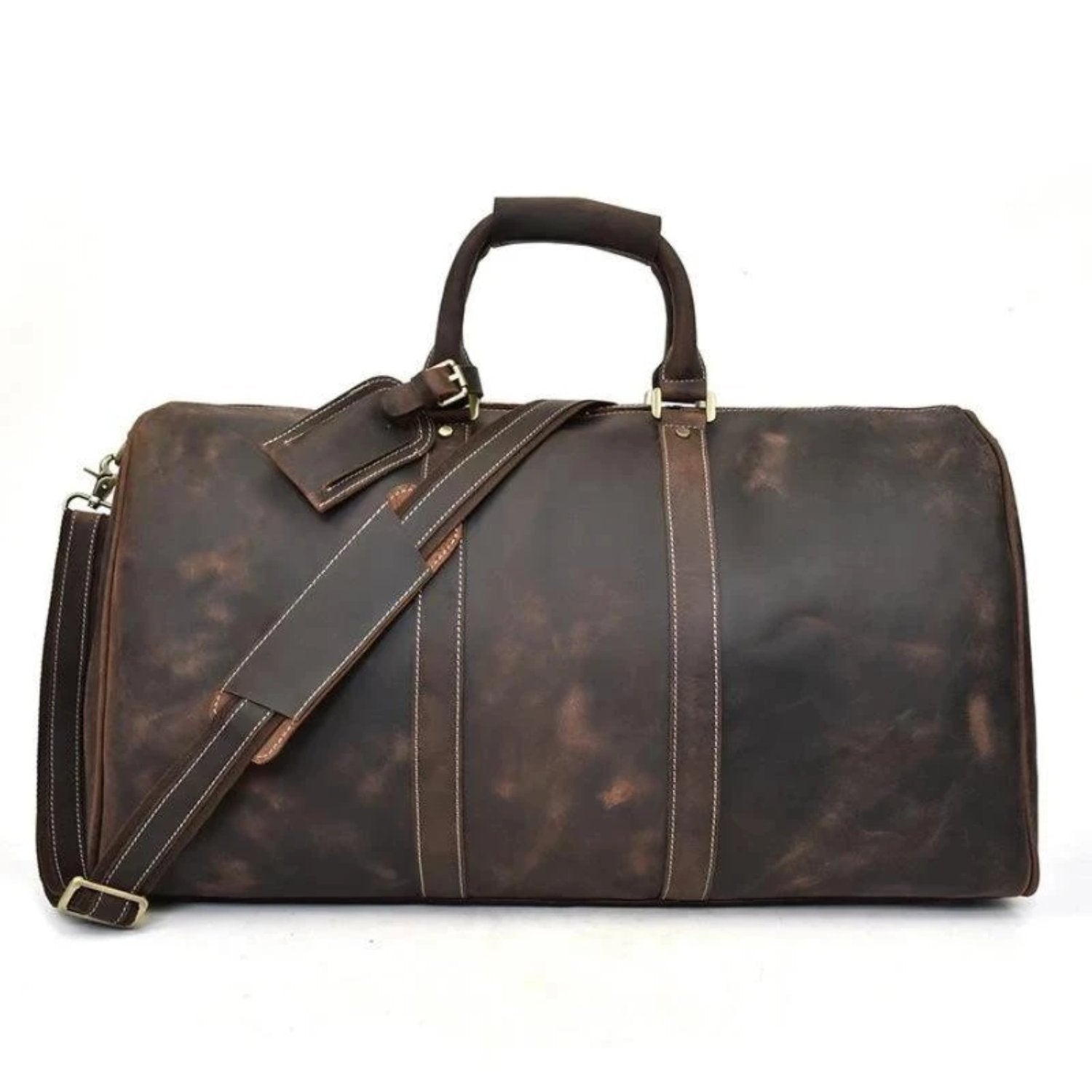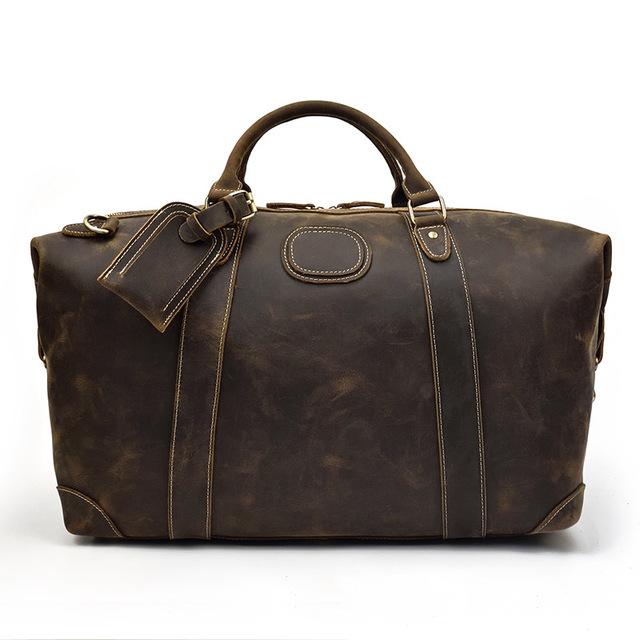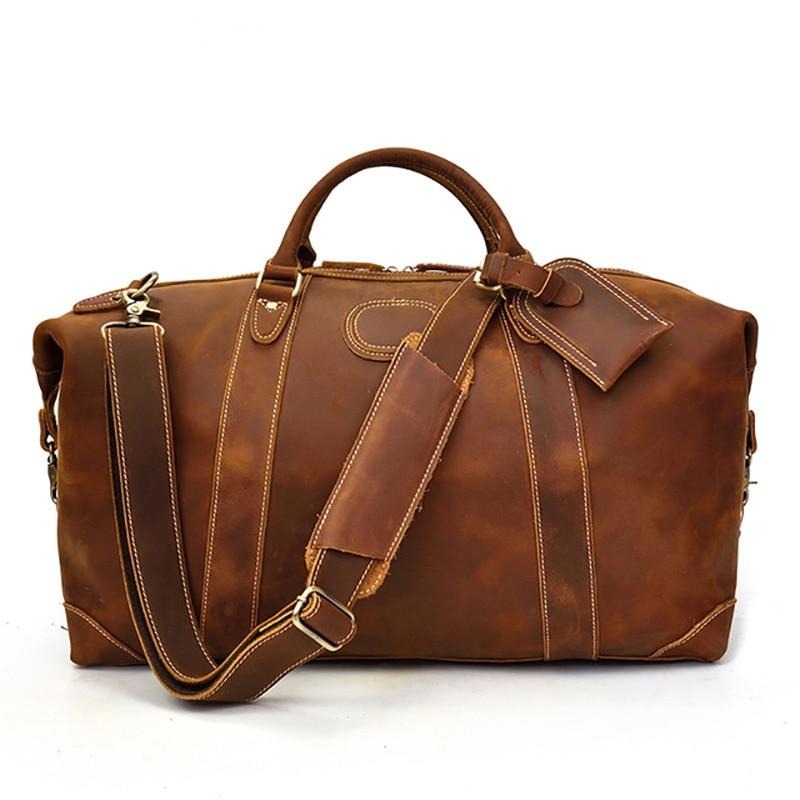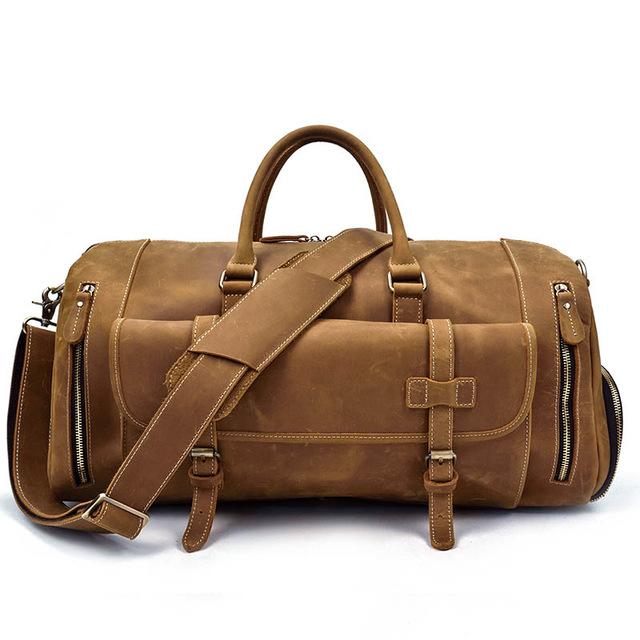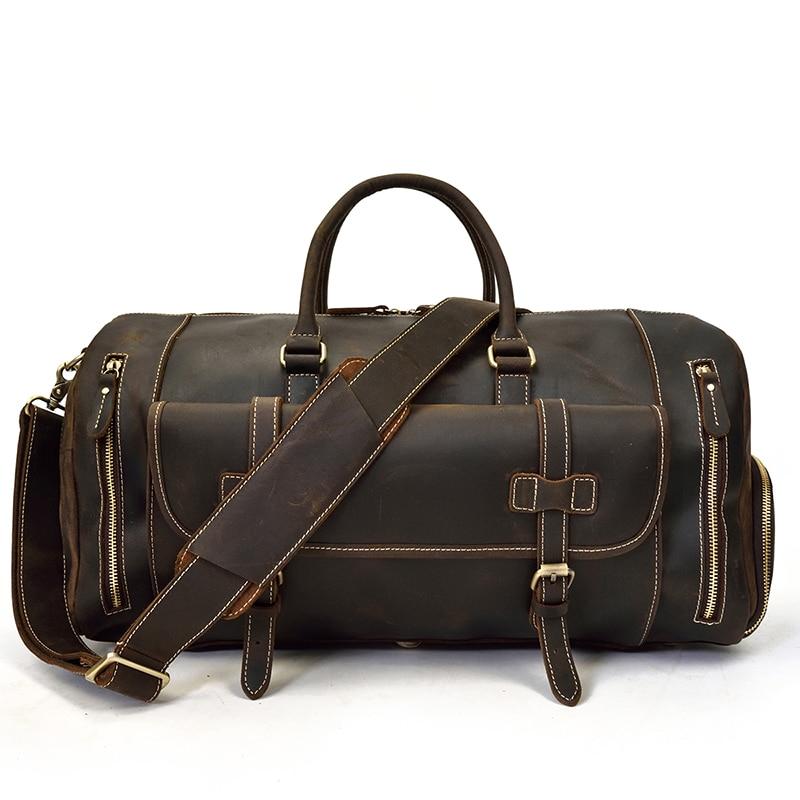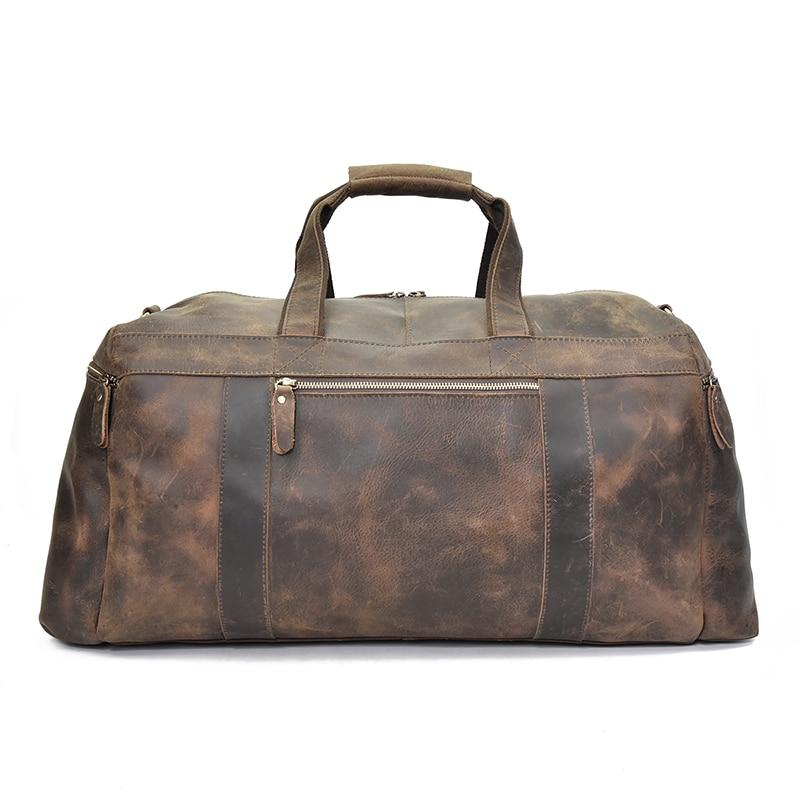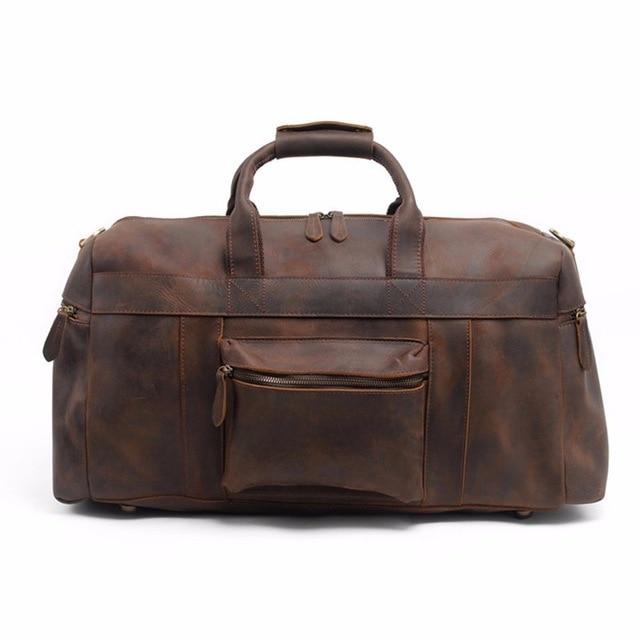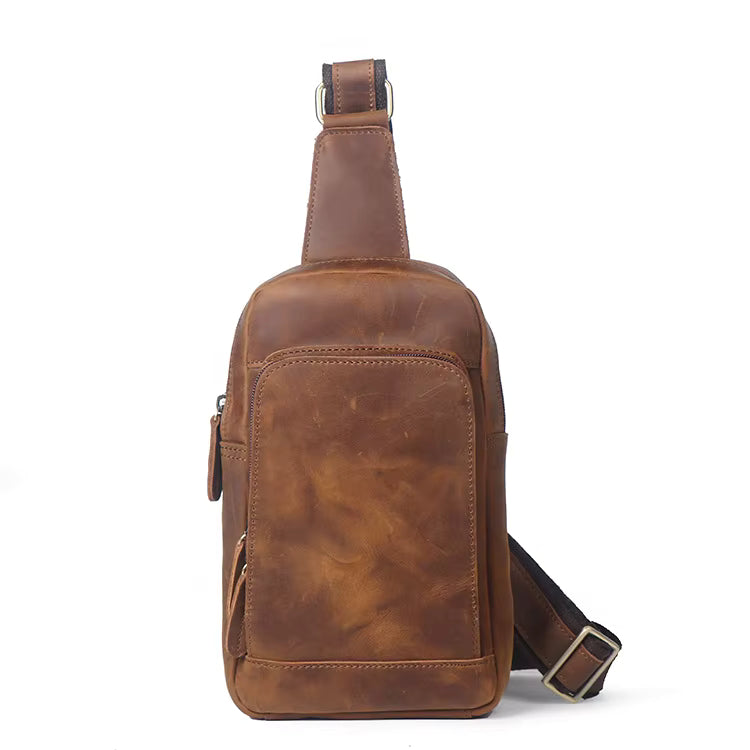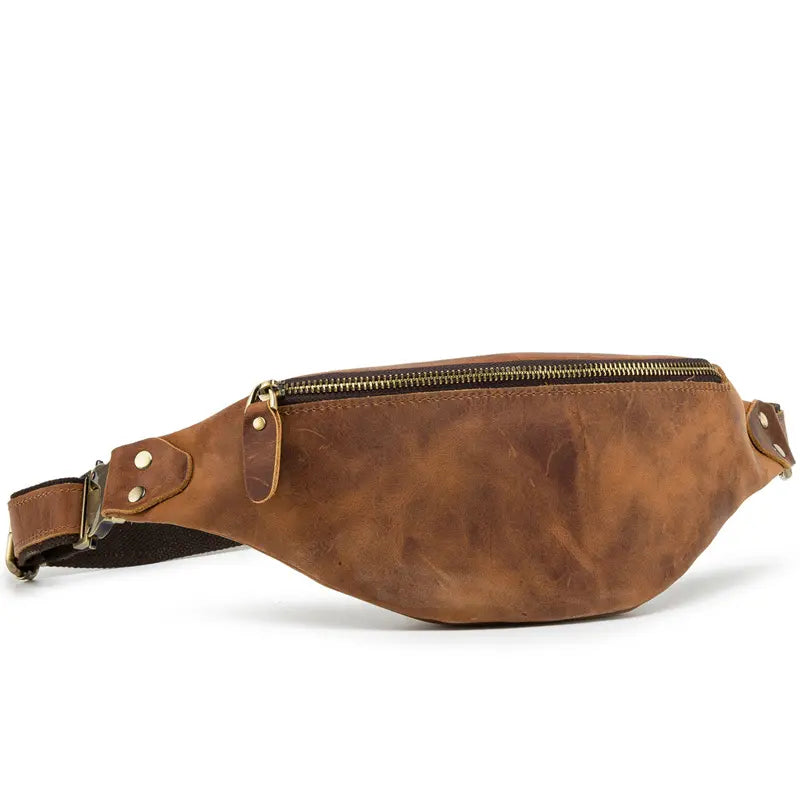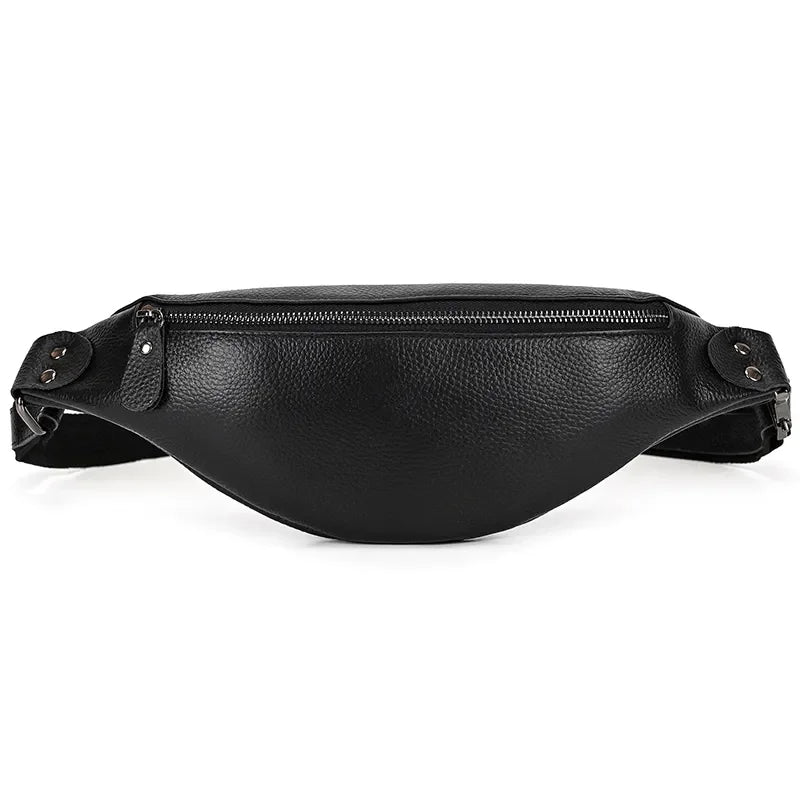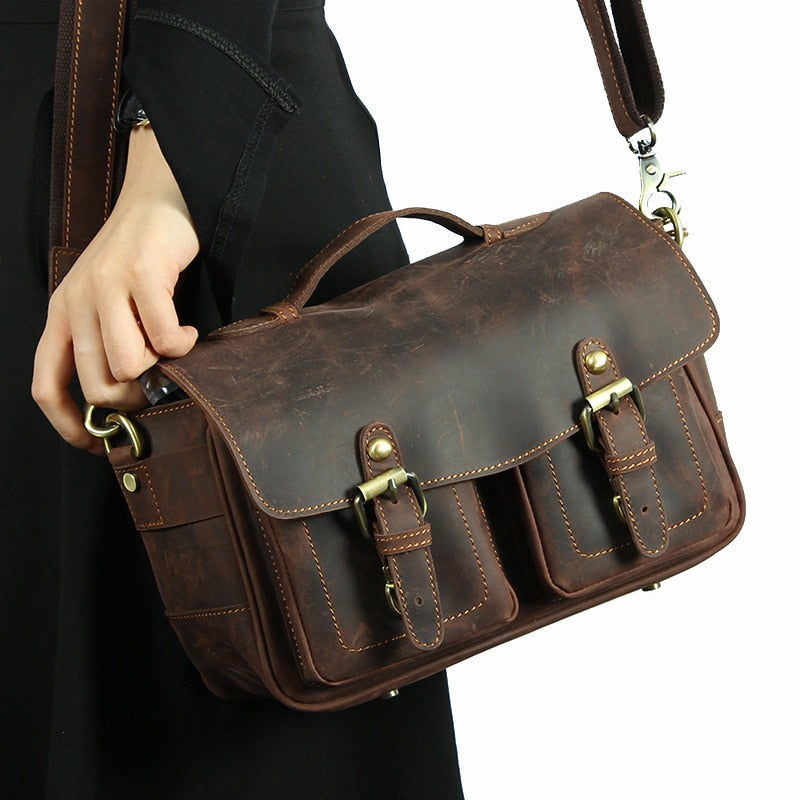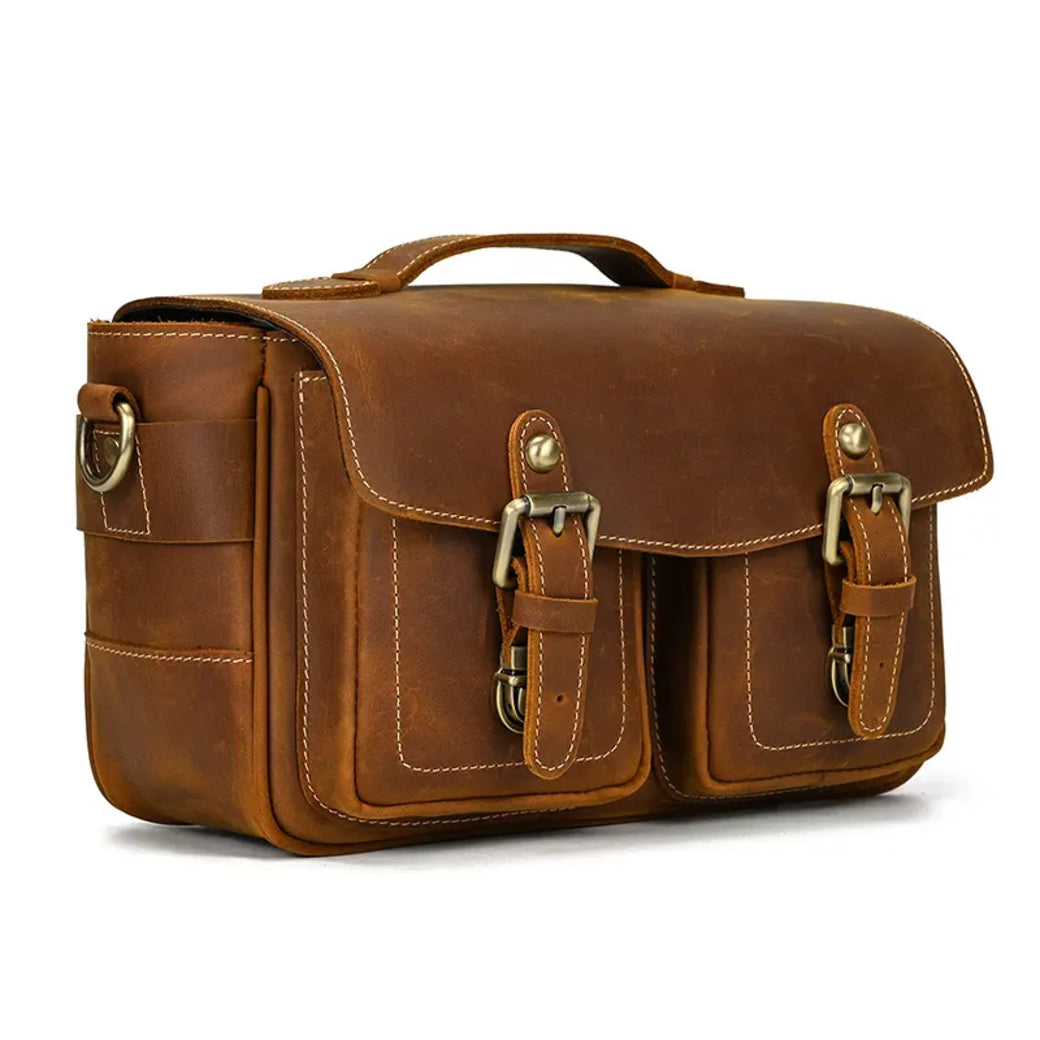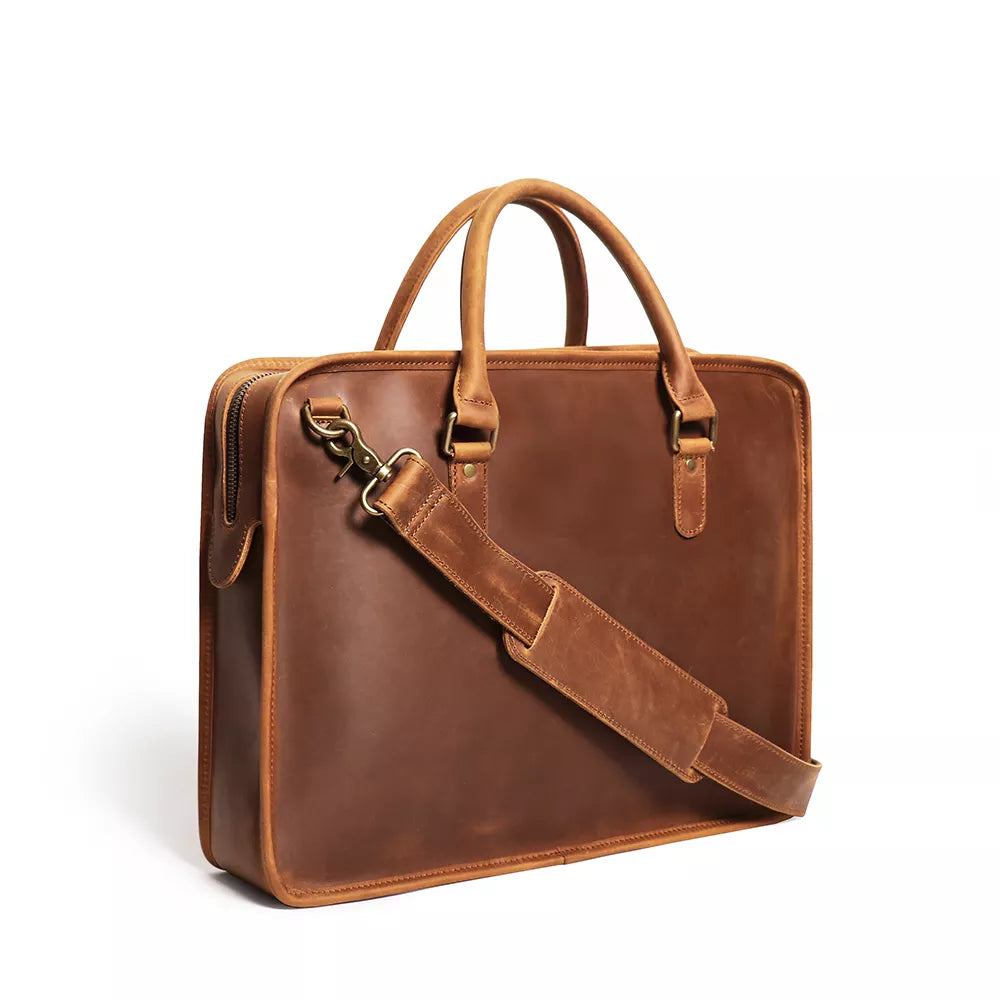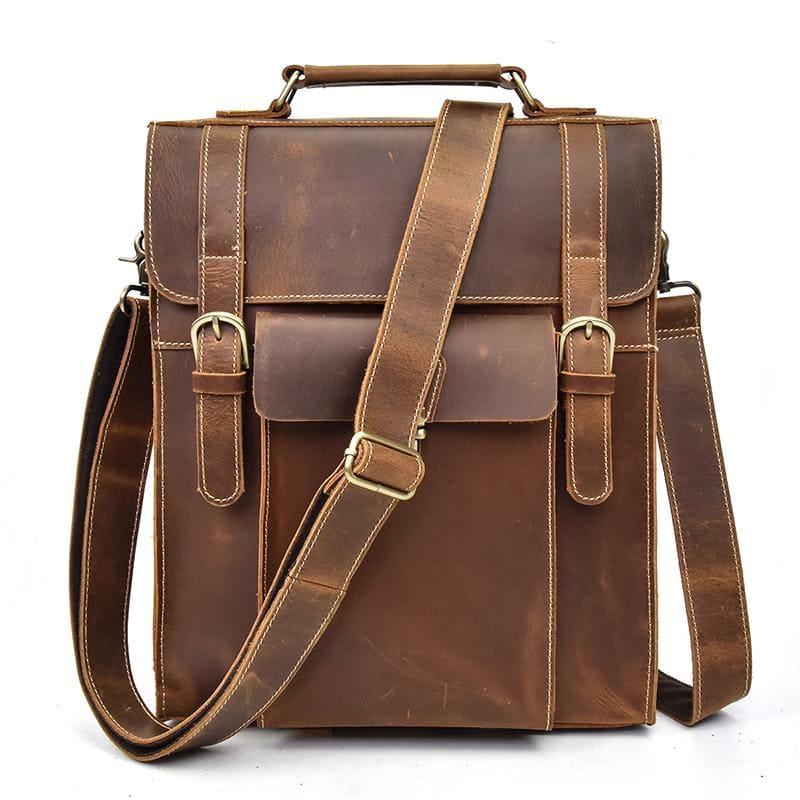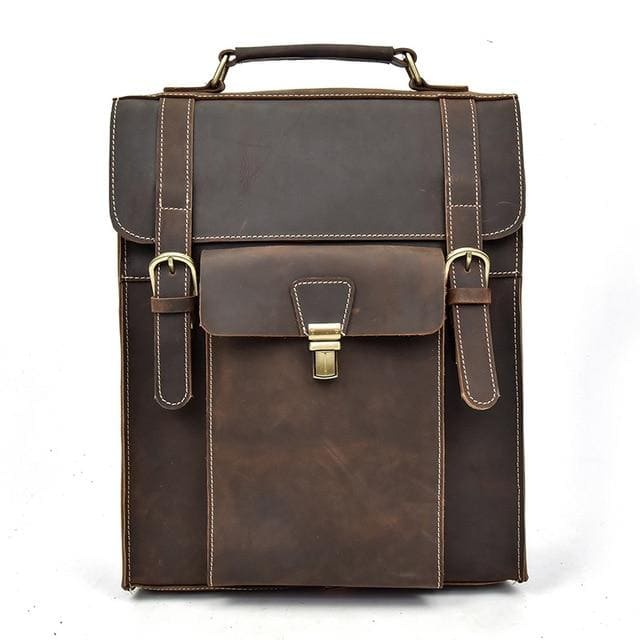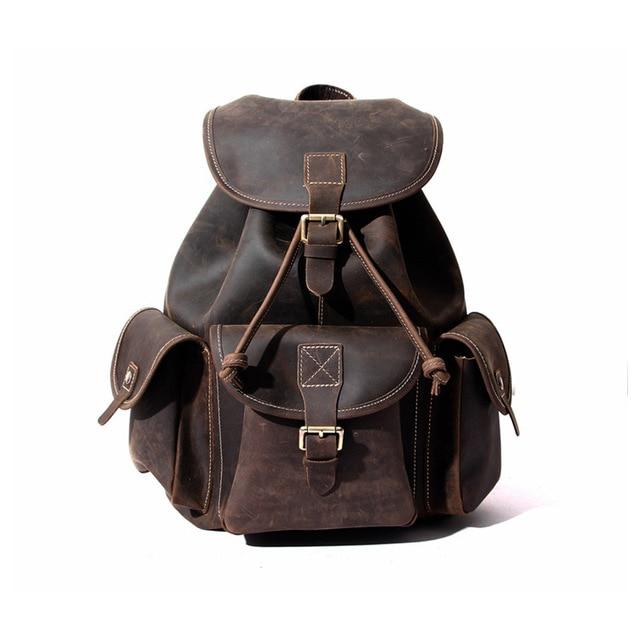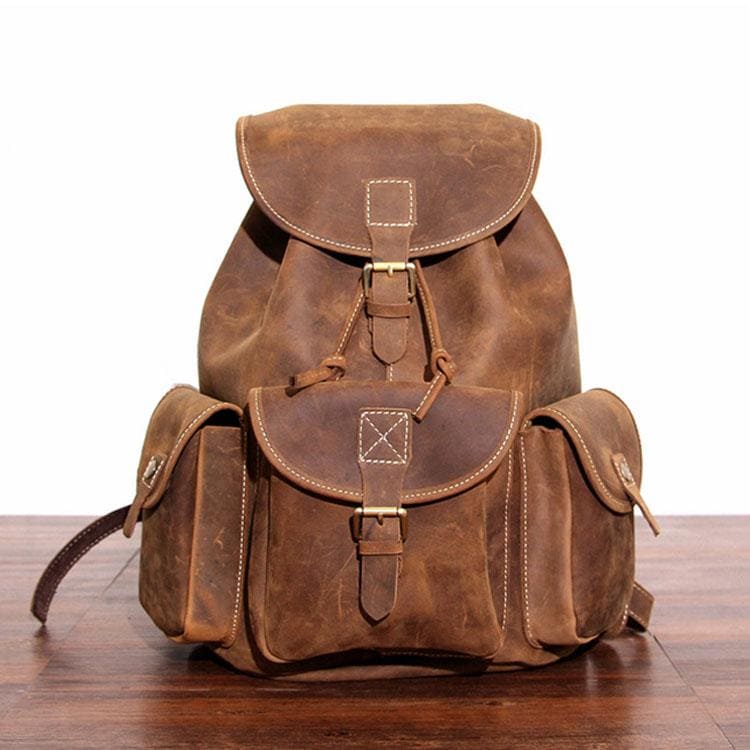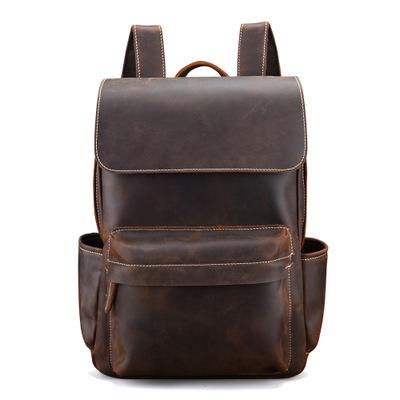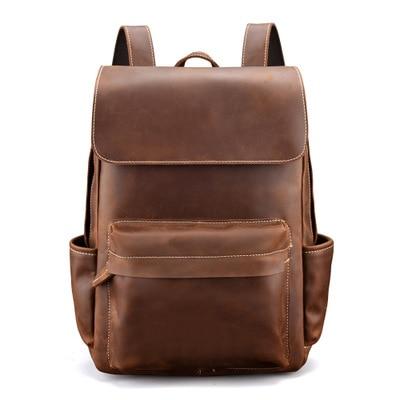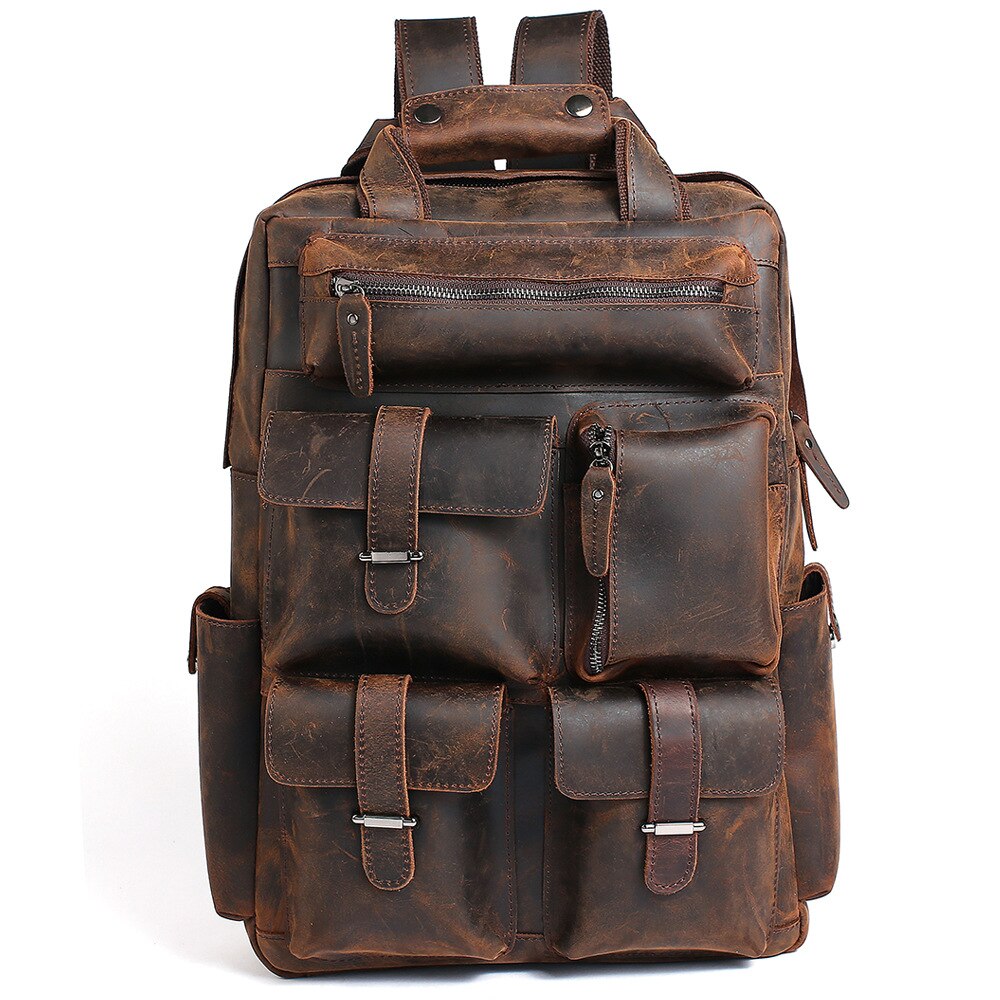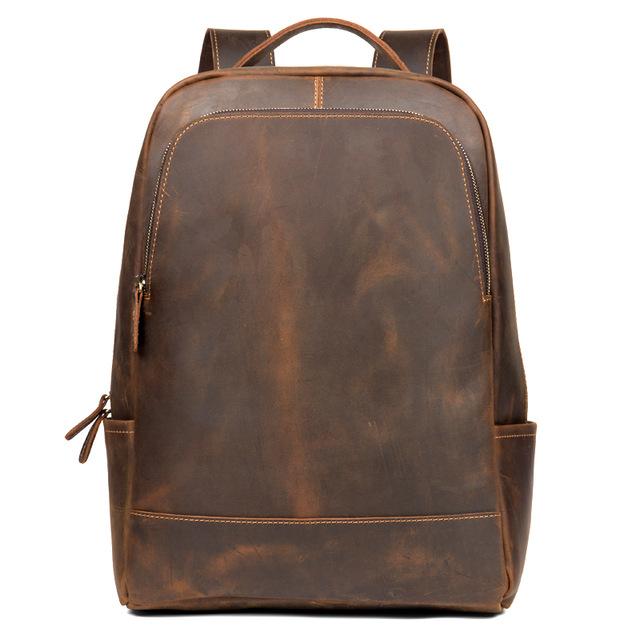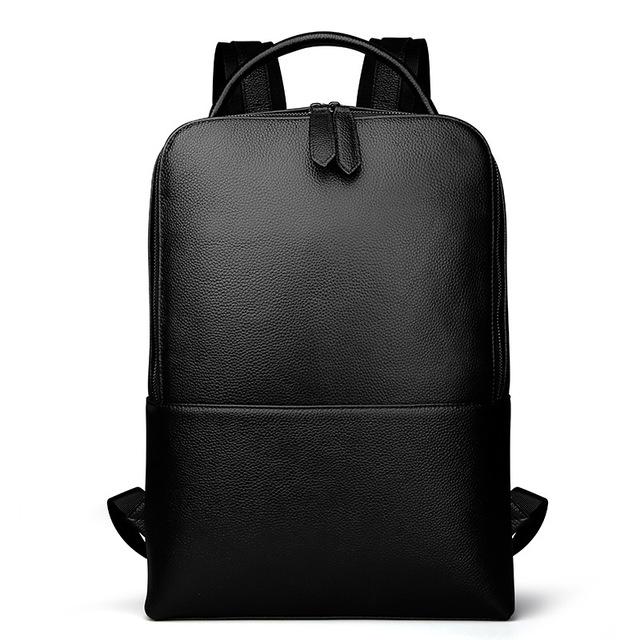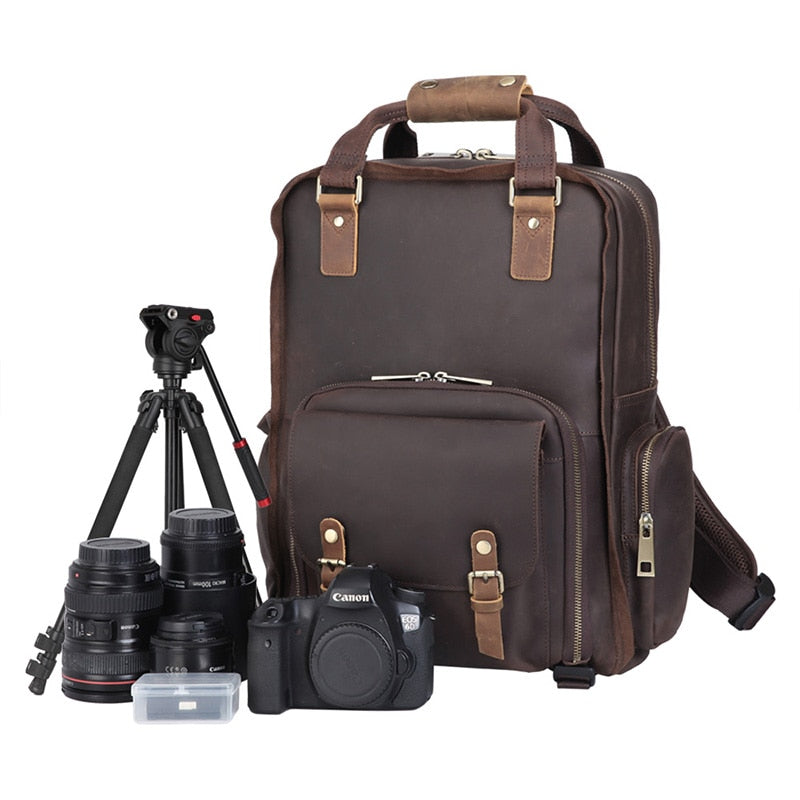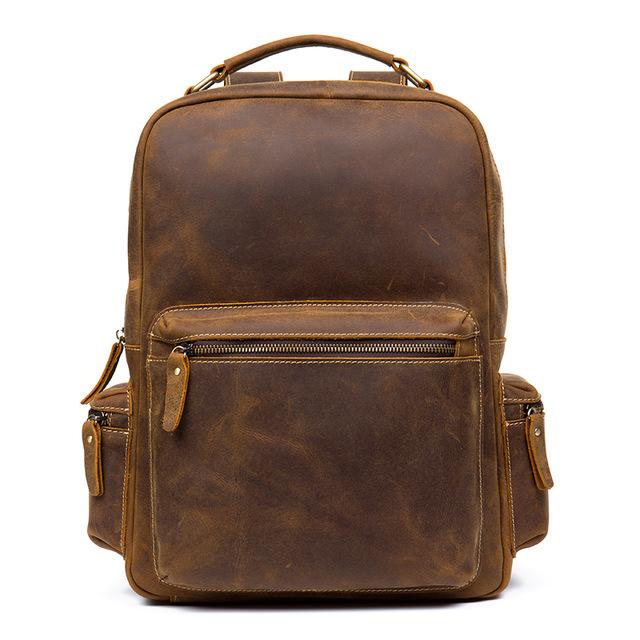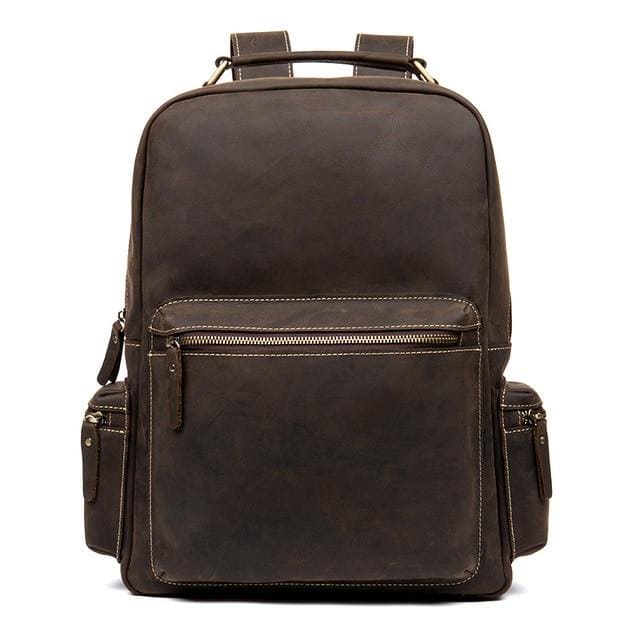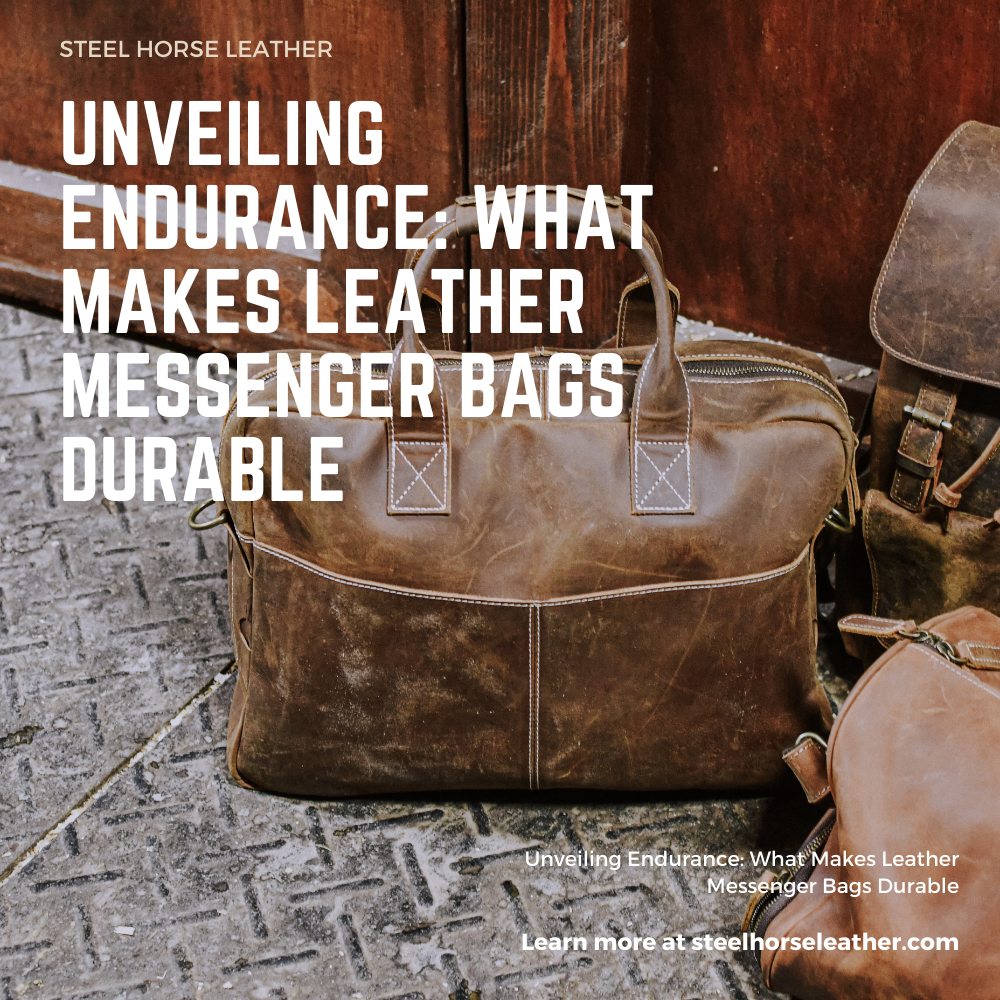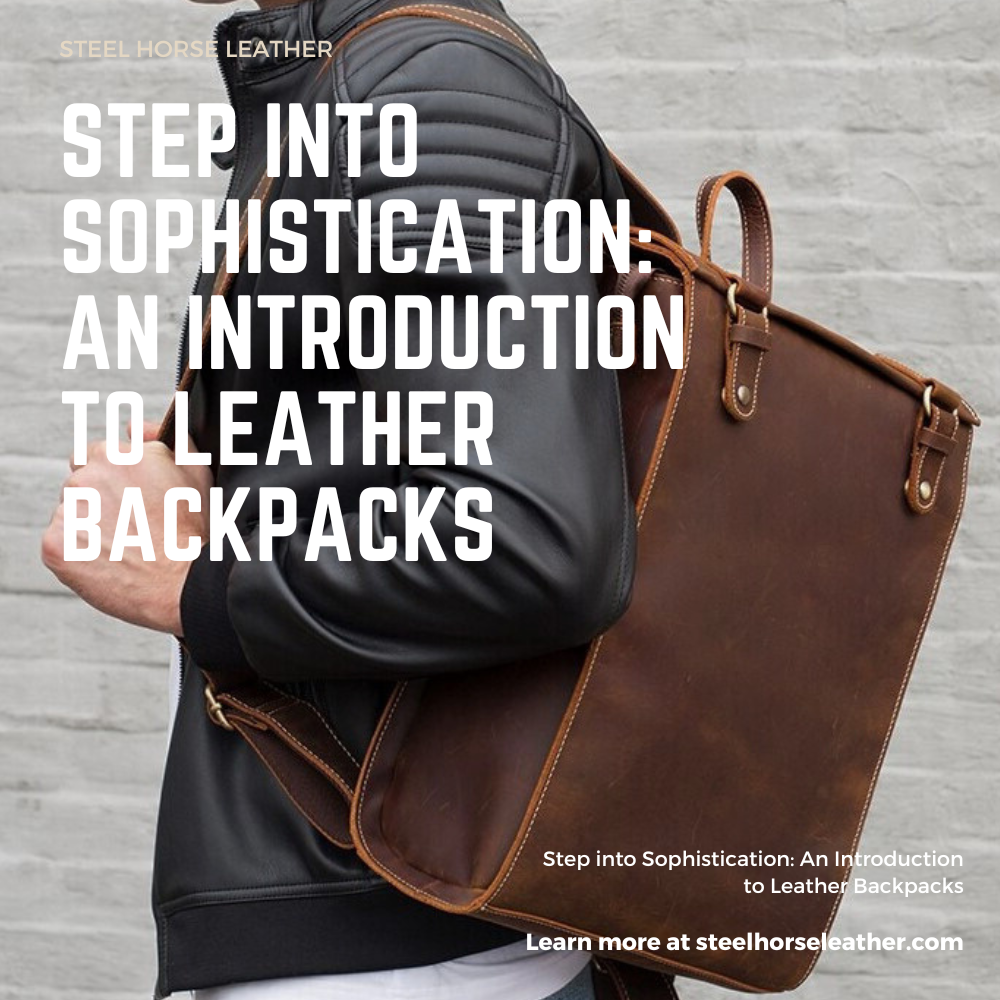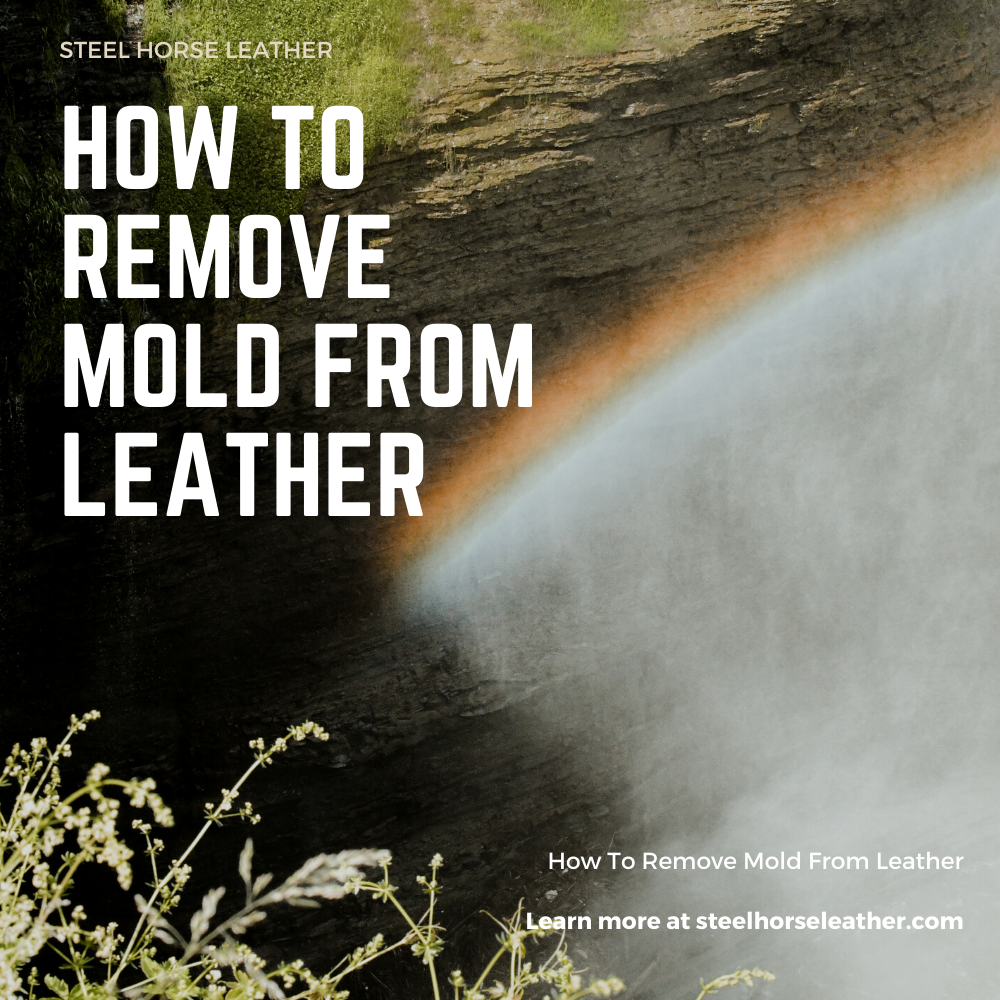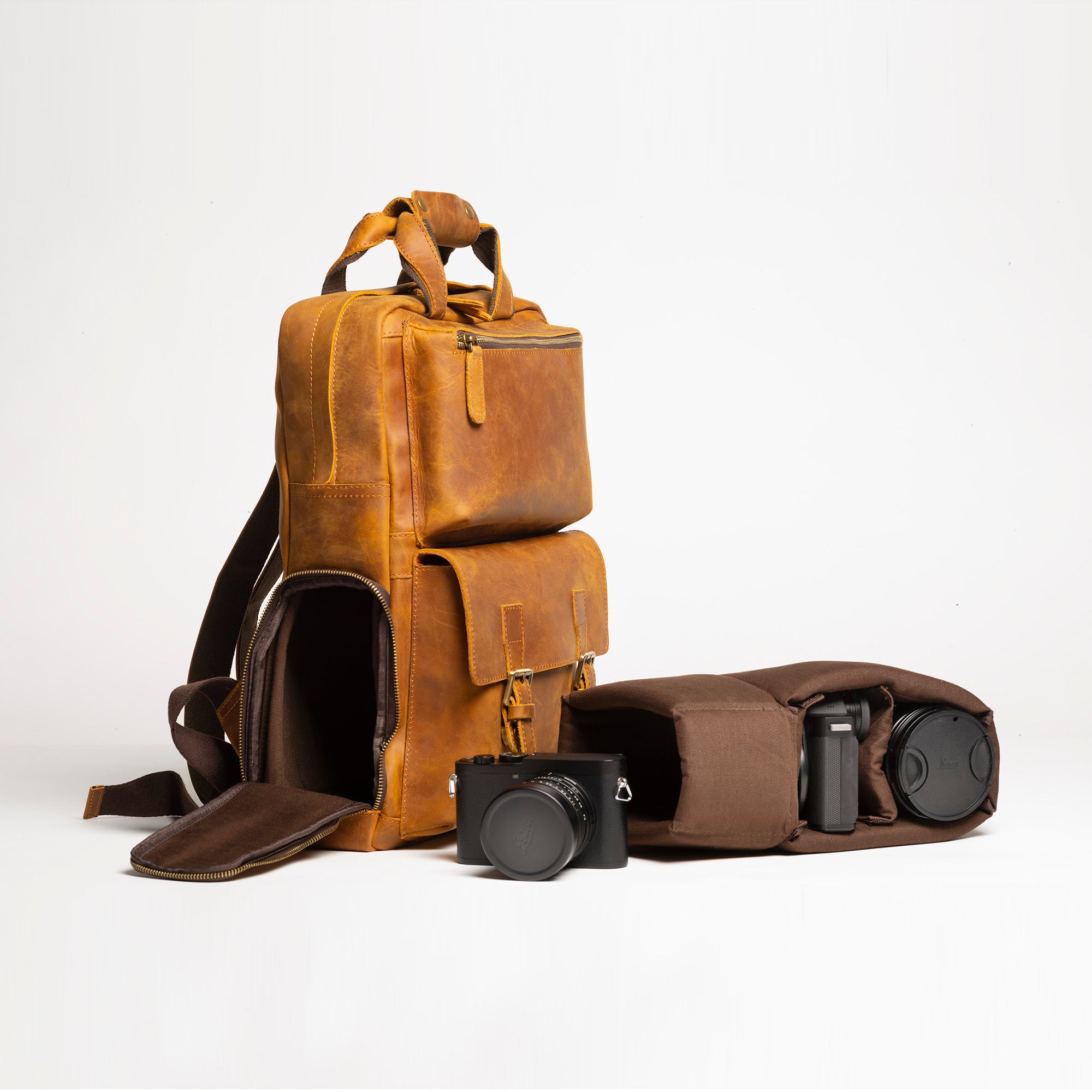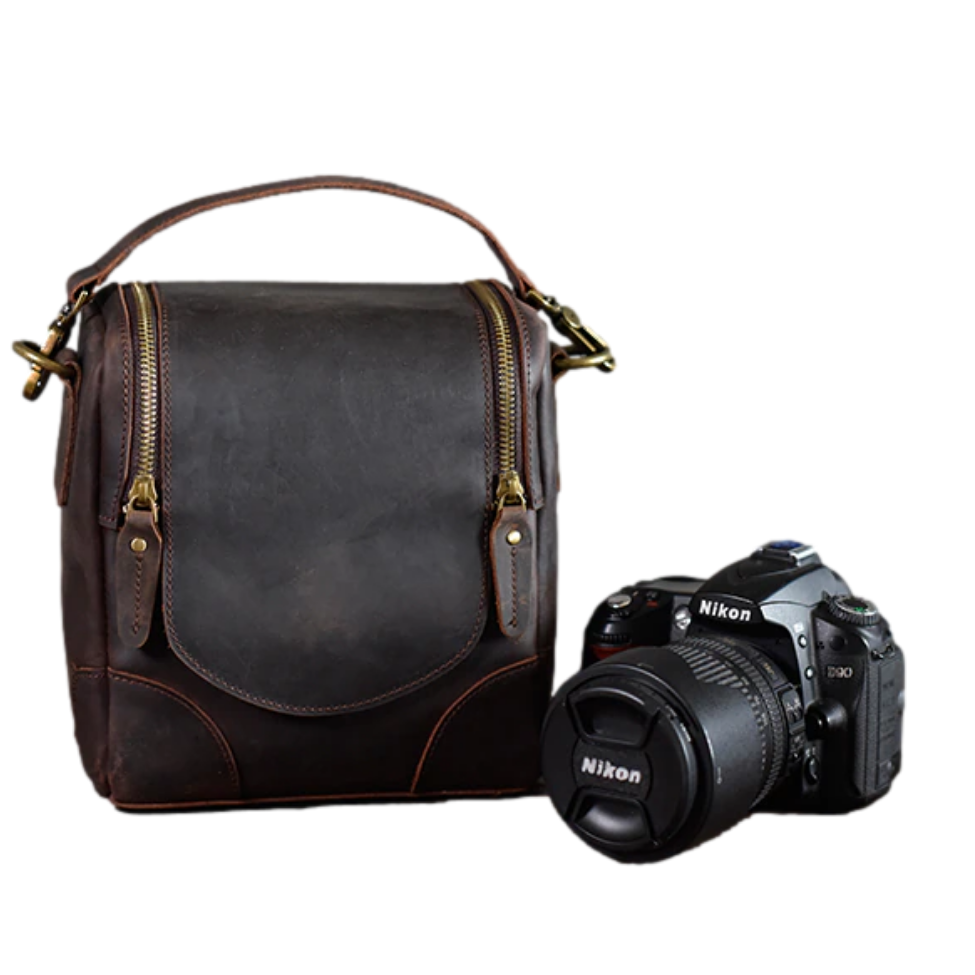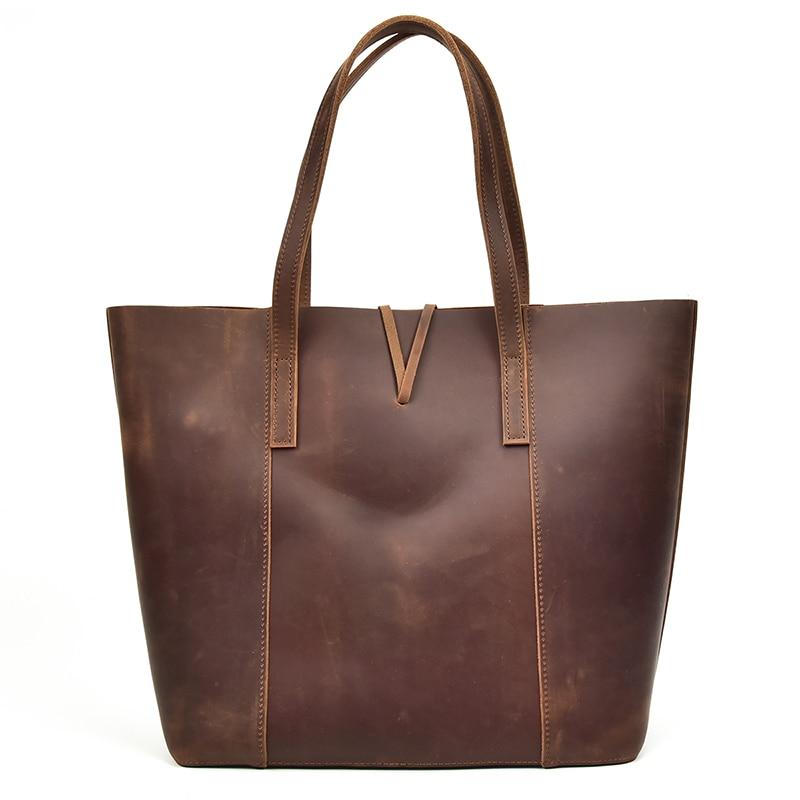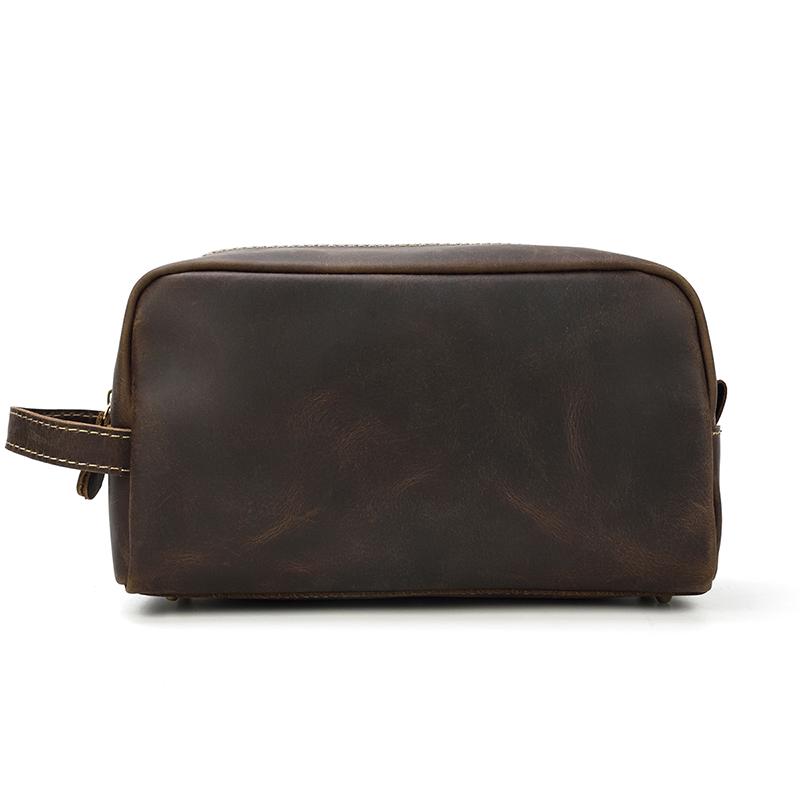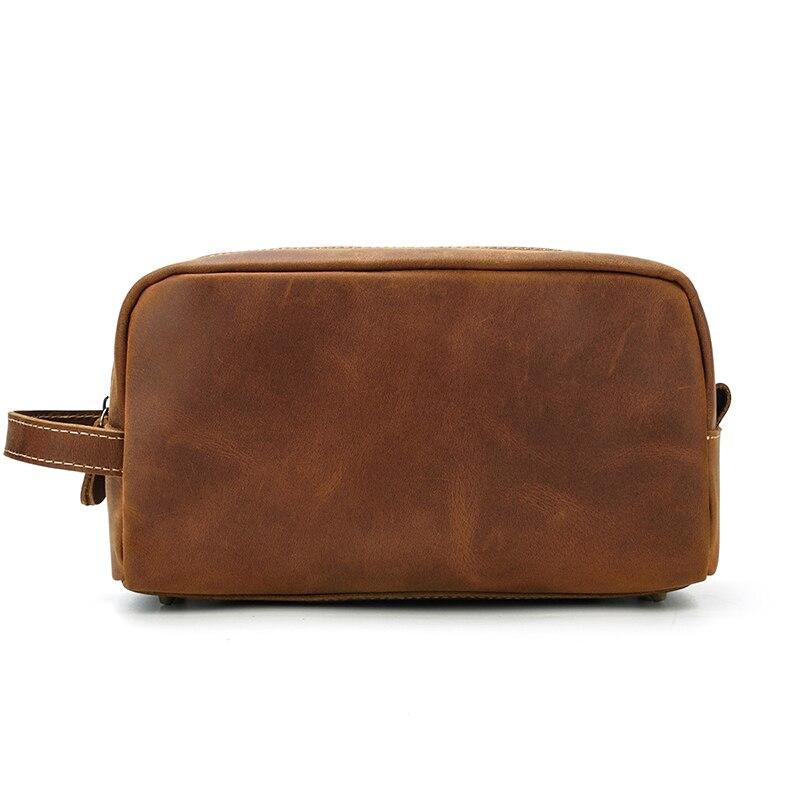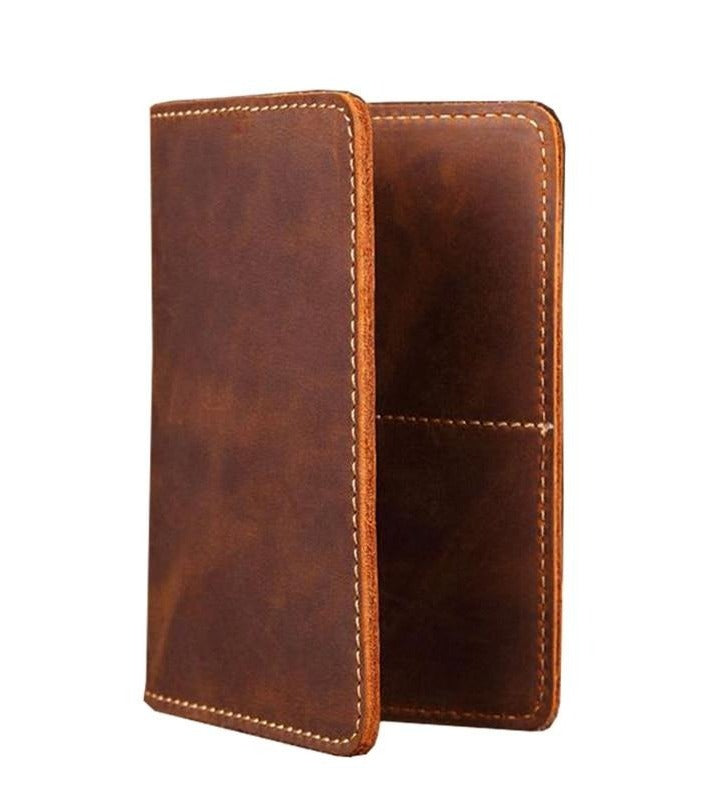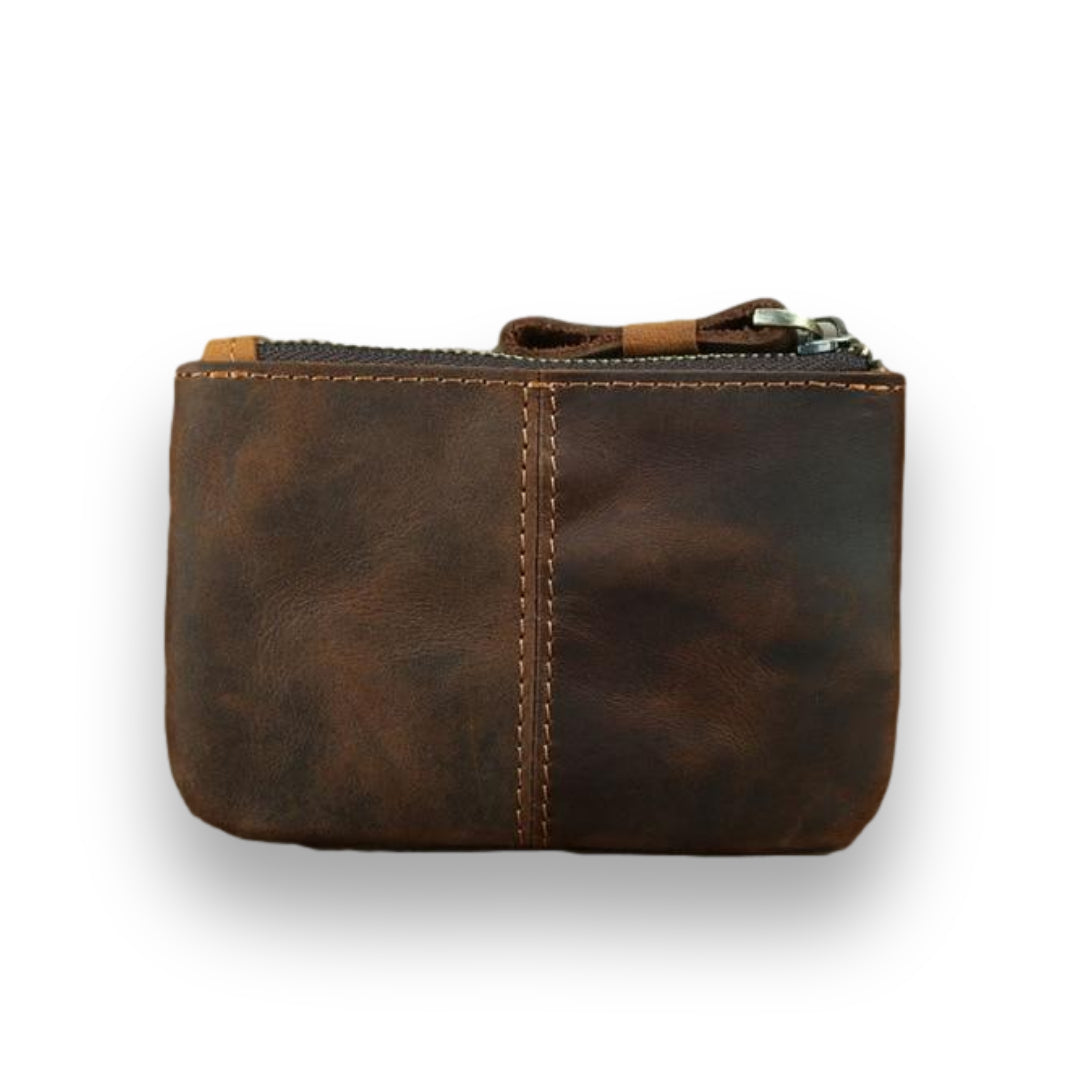To determine if the leather is waterproof, you must first define the terms "waterproof" and "water-resistant." These two names are frequently used interchangeably, yet they have completely distinct meanings. If material is water-resistant, it will typically be able to withstand water penetration somewhat, but it will not be totally protected from water damage. For example, it can withstand splashes or a rain shower but not prolonged exposure to large volumes of water. Waterproof, on the other hand, frequently refers to a material that has been treated so that it can be submerged in water without causing any problems or harm. It's vital to know that most waterproof solutions are just temporary.
Leather and water do not mix well, despite the fact that leather has some inherent water resistance. This is OK if it comes into touch with little amounts of water (for example, light rain), but because real animal leather is a porous material, it will never be completely waterproof.
Knowing if your leather product is waterproof or water-resistant is critical if you want to use it in environments where it may come into touch with water, but first, what is the difference between the two terms?
Water-resistant material is one that is naturally capable of resisting water penetration to some extent, although it will not protect it completely. This indicates that it will be absolutely safe in a light rain shower, but anything more than that may not provide appropriate protection. A waterproof material, on the other hand, is one that can be treated such that it may be submerged in water without being destroyed. However, this imperious barrier can only last so long, thus if a waterproofed material is entirely buried in water, it will only remain unharmed for a limited period.
Leather does not mix well with water. Yes, it has some water resistance, but too much water can cause the leather to become wet – owing to the porous nature of the material – and when the leather dries, it can become stiff and rigid, losing its delightful soft texture. If the leather does not dry soon enough, it may begin to deteriorate.
Because of its porous nature, leather will never be completely waterproof, especially as it ages and is left untreated. However, by treating leather in a precise way, you may not only enhance the lifespan of your leather but also improve its level of waterproofness.
Key Takeaways
- Genuine leather is naturally porous and water-resistant, but it can never be fully waterproof.
- Water-resistant leather can handle light rain or splashes; waterproof leather can resist water temporarily, but protection is limited.
- Different leathers vary: full-grain/top-grain are most durable, suede is highly delicate, and faux leather may be naturally waterproof.
- Wet leather can stiffen, lose oils, crack, develop stains, and grow mold if not dried properly.
- Proper care—waxing, conditioning, and waterproof sprays—enhances water resistance and extends leather’s lifespan.
An Age-Old Question: Is Leather Waterproof?
Leather's history as a tough, durable material dates back thousands of years, according to leather experts Moore & Giles. Its earliest known use include not just sandals and saddles, but also containers for both dry and wet products. In recent years, archaeologists have discovered cave drawings going back to 5000 BCE that depict leather being used for buckets and bottles.

This prompts the question: if the leather was robust enough for military gear and drinkware in the early civilizations, why is there hesitation about wearing it in the rain today? The solution is convoluted. Leather isn't waterproof in the traditional sense. It does, however, have some inherent water resistance that may be enhanced with the correct treatments. Before we get into how it works, let's take a closer look at how weather-resistant leather is (and why).
The Difference Between Waterproof And Water Resistant - Is leather Waterproof
Many individuals will use these terms interchangeably to describe goods that can be waterproofed in any way. The fact is that these phrases have quite diverse meanings. Items that are water-resistant are not waterproof. If your bag is water-resistant, the surface will be water repellent, but it will not necessarily be waterproof. A surface or container should only be said to as waterproof if it is entirely impenetrable under any amount of water covering.
Water-resistant products are appropriate for mild rain showers, sprinkles of water, and wet weather conditions. Items that are waterproof should be able to protect their internal capacity even if entirely submerged in water. Raw leather does not mix well with water. The material has a natural amount of water resistance, but when drenched, the impact is highly devastating.
Because raw leather is porous, it absorbs moisture. As the material dries, it stiffens, and its lovely soft surface might be completely destroyed. If the leather does not dry quickly enough and the water stays adsorbed, it will likely begin to fester, allowing germs to develop and eventually decay.
The leather is treated in a variety of methods to provide variable degrees of water resistance. Leather, as a natural and porous material, can never be completely waterproof. In general, the effectiveness of a leather surface at repelling liquids is determined by its age. The more the surface is covered with superior waterproofing solutions, much like wood or any other porous material, the more successful it will be in preventing water penetration.
Research has confirmed that leather's natural porosity fundamentally determines how it interacts with water, with higher porosity levels allowing moisture to penetrate more readily and potentially compromise the material's structural integrity over time (Shivkumar et al., 2021; Owen et al., 2021). This is why waterproofing treatments are essential for extending the lifespan of leather products.
Different Types Of Leathers Have Different Levels Of Water Resistance

Though we've talked about leather and its level of water resistance in general, the fact is that it varies based on the type of leather. It can also be altered by the type of treatment given to the leather. Here are several typical varieties of leather and some information about their water resistance.
Faux leather - Is leather waterproof?
Many people assume that when it comes to waterproofing, Faux leather has many of the same attributes as real leather. The materials are, in fact, extremely different. One of the most frequent methods of making real leather waterproof is to put a plastic-based layer of protection to the leather's surface, which renders it totally water-resistant. Plastic is already used in the production of faux leather. This renders the building itself watertight, eliminating the need for additional safeguards.
Synthetic leather - Is leather waterproof?
This leather is generally thinner and of inferior quality to real leather. Because synthetic leather is not comprised of plastic, it absorbs moisture like genuine leather. To make it water-resistant, it must be sprayed with a protective spray.
Nubuck leather - Is leather waterproof?
Nubuck leather is a polished down form of full-grain leather. The surface becomes an extremely fine, yet long-lasting form of Suede. Nubuck is inherently resistant to small amounts of water, but it requires additional waterproofing from a specific spray to be useful for regular outdoor wear.
Studies have shown that nubuck's unique microstructure can lead to increased water absorption even after waterproofing treatments are applied, highlighting why this leather type demands more frequent and thorough protective care compared to other leather varieties (Nasr, 2017).
Suede leather
Suede is one of the most delicate leathers on the market. Why? Because it lacks the hardwearing exterior of normal leather. Suede, on the other hand, is created from the underside of the skin. It is then massaged to soften the fibers on its surface, giving it the velvety texture we all anticipate.
Suede is derived from the same animal as other leathers, but it lacks the same amount of durability. Suede is far more prone to staining and scratching than regular leather, and it will discolor if exposed to direct sunlight for an extended period of time. It should not be stored in humid spaces such as bathrooms or kitchens since the moisture in the air will wreak havoc on its delicate surface.
Full and top grain leather
Because they are made from the hardest sections of the animal skin, full grainand top grain leathers are the most durable and weather-resistant varieties of leather available. In its raw state, this leather is not completely waterproof. To make it as waterproof as feasible, it must still be waxed or sprayed with treatment. Most high-quality products that must be robust or utilized on outdoor surfaces are made of full grain or top grain leather.
Consequences of wet leather? is leather waterproof?
Wet leather has various undesirable side effects, including changes in texture and look, as well as odor and decay.
When leather is wet, the texture changes from supple and soft to brittle and hard (and extremely heavy). Water permeates the substance and binds with the natural oil molecules in the leather, causing this process to occur. Leather, like human skin, requires oil for its moisturizing and conditioning characteristics. As a result, when the water evaporates and takes the oil molecules with it, you're left with a dried-out product. Leather rot (or dry rotting) develops when the leather splits and becomes brittle.
Splashes will not dry out your leather products, but they will leave unsightly stains and watermarks. Salt is sometimes used in the tanning process of the leather, and when the material becomes wet, the inside salt can rise to the surface and cause salt stains.
Leather items can develop a stale odor when exposed to excessive moisture or humidity. Consider a briefcase made of vegetable-tanned leather that has a naturally earthy, deep fragrance. If it's kept in a wet closet or isn't allowed to dry properly after being caught in the rain on your way home, mildew and mold can grow fast. It will lose its distinctive odor and take on a musty, unpleasant odor.
How to fix wet leather
If your leather product becomes wet, make sure to brush away any extra water molecules and allow the product to dry naturally to the point of being slightly moist. Never let the leather dry entirely, and never use abnormal heat (like a hairdryer). When the leather is moist, use a microfibre cloth or a soft-bristled brush to apply the leather conditioner and let it for several hours. The conditioner enters the pores of the leather, replenishing any dissipated oils. When the hair is dry, add more conditioner as needed.

Benefits of waterproofing leather?
Waterproofing leather provides a number of apparent benefits, like keeping your premium full-grain leather wallet or bag looking newer for longer. Simply put, when leather is treated with a waterproofing compound, there is less likelihood that water will enter the surface and interfere with the natural oils that make the material supple. This results in a product that seems healthier, with a more uniform and natural appearance and texture.
Another advantage of waterproofing leather is that it significantly enhances the lifespan of a product. Because waterproofing treatments provide a protective layer, leather is less prone to get dry and cracked, making it more durable and giving you more wear. Similarly, the likelihood of your leather accessory developing rot is greatly decreased.
Research supports this, demonstrating that properly treated leather maintains both its structural resilience and aesthetic quality when exposed to moisture, effectively reducing deterioration and preserving the material's natural appearance (Shivkumar et al., 2021).
Finally, waterproofing your leather provides superior overall protection against the weather. This is critical for items intended for outdoor usage. Take a look at a good pair of leather boots. They may be water-resistant, but further treatment will guarantee your feet stay dry at all times, neutralizing the impacts of inclement weather.
How to waterproof leather
| Method | Steps |
|---|---|
|
🐝 Beeswax Cream (Supplies: Olive oil, beeswax, jar, pan) |
|
| 🕯️ Apply Wax |
|
| 💧 Condition Leather |
|
Pro Tips: Patch test first! Leather isn't 100% waterproof — repeat for buildup. Avoid over-conditioning.
Do you require effective waterproofing solutions? Let's look at the most popular ways for waterproofing leather items to keep them looking nice for longer. Before we begin, it's crucial to note that different varieties of leather need different treatments. A fragile suede, for example, is more sensitive to water damage than other hardier leathers, thus a more intensive waterproofing treatment is recommended.
We also recommend patch testing any treatments on a hidden section of your leather item before applying them completely; this way, you can identify if the treatment may cause undesirable stains.
How To Waterproof Leather in 4 Steps

Remember that genuine leather is a natural material that is extremely porous and will never be totally waterproof. However, there are a few techniques to protect leather against water, which is the closest thing to leather waterproofing. One alternative is to use a spray protectant or other professional waterproofing solution intended exclusively for leather. Another alternative is beeswax cream. Beeswax is a natural waterproofing solution that has been discovered to be particularly good at leather waterproofing. Spot test your leather messenger bag, leather shoes, or leather duffel bag with any substance you pick, since many will have a darkening impact.
Do you want to know how to produce this natural leather waterproofing blend? If you're feeling crafty, you can make your own beeswax cream. Here's how it works:
Supplies:
- 1 cup extra virgin olive oil
- 2 ounces beeswax
- Glass Jar
- Medium pan of cold water
- Clean, soft buffing cloth
1. Combine ingredients
Pour the extra virgin olive oil into the glass jar. Break the beeswax into pieces and add to the jar. Place jar into a pan of cold water.
2. Heat
Warm the pan over the stove. Stir the mixture in the jar until the beeswax has completely melted into the olive oil.
3. Cool
Remove the pan from the heat. Remove the heated jar from the pan with caution. Stir the wax/oil mixture constantly until it cools and stiffens. Make yourself at ease; this will take anything from 10 to 20 minutes.
4. Apply
Spot test the cream on an inconspicuous part of the leather after it has cooled and hardened. Then, start with clean leather and apply the cream while gently polishing the leather surface. Repetition is required to build up the waterproof protective coating—this is critical for leather waterproofing.
How To Apply Wax To Leather
1. To begin, make certain that the leather's surface is absolutely clean. Hard stains and dirt marks will prevent the wax from penetrating the leather, thus they must be cleaned as thoroughly as possible.
2. Then, using a tiny bit of wax at a time, apply it to the affected area. It's preferable to start with the wax and then go on to the cloth. Do not apply a dollop straight on the leather. The wax works best when it's distributed evenly, so if it's too firm when you first open it, warm it up with a torch or hairdryer. To avoid overheating the wax, go gently.
3. After you've applied an equally distributed coating of wax, allow it to dry naturally. This should take around an hour, if not less. Place the leather item in a cool, well-ventilated area. Heat or direct sunlight should not be used to speed up the drying process since this might harm the color or distort the surface of the leather.
4. When the leather has completely dried, use a dry towel to buff away any remaining wax. This should leave a wonderful protective shine on your leather's surface that repels water, oil, and even dust.
Waxing is fantastic since it is simple and straightforward to do. It gives a layer of protection to the outside of your leather, but "conditioning" the fabric itself is equally critical. Leather treatment maintains the suppleness of your leather. Are you concerned that your leather is breaking or becoming too hard? Then simply applying wax will not suffice; conditioning is required.
How To Condition Leather
Conditioning, like waxing, is a simple procedure that you can do yourself. It will restore your leather to its original condition while also increasing its water-resistant properties. Over-conditioning leather is typically not a smart idea. Leather is typically utilized for its strength, particularly in maintaining the construction of shoes and bags. The more you condition it, the more pliable it becomes. Don't overdo it because you don't want these products to lose all of their strength and form.
Here’s A Step By Step Guide On Conditioning Leather:
1. Conditioning, as opposed to waxing, necessitates that the leather is damp. As the water evaporates from the leather's surface, the material will be able to absorb more of the conditioning treatment. You do not need to soak the leather, but it should be moist before applying the conditioner.
2. You may massage the conditioner into the leather with a tiny cloth or your fingertips. You must ensure that the conditioner is massaged into every part of the leather, so get your fingers engaged when treating difficult-to-reach regions.
3. Allow the leather to dry naturally at room temperature after removing any leftover conditioner.
Final Thoughts - Is Leather Waterproof?
When it comes to waterproofing your valued leather items, it's critical to understand the type of leather used so you can pick the best waterproofing solution. Follow these easy methods to get waterproof protection, whether you're attempting to protect a delicate suede or tough full-grain leather.
Remember that it's usually a good idea to patch test a product before proceeding with full coverage. In many circumstances, wax, sprays, and conditioners will have an effect on the color of the leather. Always test these agents on a tiny inconspicuous area first to ensure your satisfaction with the outcome. That's all! These are the most important things to know about waterproofing your leather products.
FAQ
Is leather water-resistant?
While genuine leather is water-resistant, it cannot withstand prolonged exposure to water. It can absorb liquids since it is porous. Most synthetic leathers, on the other hand, are waterproof since they are made from petroleum-based polymers.
Does water damage leather?
When leather is wet, the oils that keep it supple evaporate, leaving the leather dry and ruined. This can eventually lead to fractures and even rot.
How does waxing work?
Waxing is popular because it's easy and can work well for almost any type of leather.
What is Water Resistance?
Water-resistant products are appropriate for light sprinkles of water, mild rain showers, and wet weather conditions.
What is waterproof?
A surface or container should only be said to as waterproof if it is entirely impenetrable under any amount of water covering.
Can Leather Be Made 100%Waterproof?
As a natural and permeable material, leather can never actually be made 100% waterproof.
What is leather conditioning?
It will return your leather to its original state while also enhancing its water resistance.
How do I remove leather wax?
When the leather is completely dry, use a dry towel to buff away any extra wax.
What are the benefits of leather wax?
It gives a layer of protection to the outside surface of your leather, but "conditioning" the fabric itself is also extremely significant.
References
Nasr, A. (2017). Influence of some mechanical finishing processes on manufactured leather properties. Majalah Kulit Karet Dan Plastik, 33(2), 99. https://doi.org/10.20543/mkkp.v33i2.3139
Owen, L., Shivkumar, M., Cross, R., & Laird, K. (2021). Porous surfaces: stability and recovery of coronaviruses. Interface Focus, 12(1). https://doi.org/10.1098/rsfs.2021.0039
Shivkumar, M., Adkin, P., Owen, L., & Laird, K. (2021). Investigation of the stability and risks of fomite transmission of human coronavirus oc43 on leather. FEMS Microbiology Letters, 368(16). https://doi.org/10.1093/femsle/fnab112
























